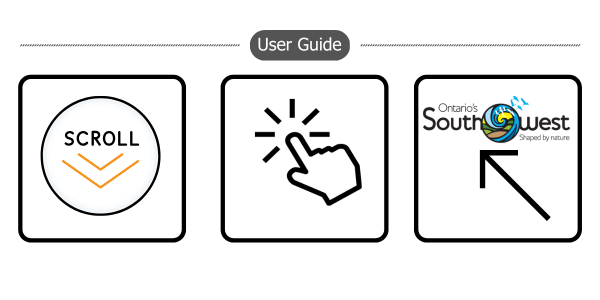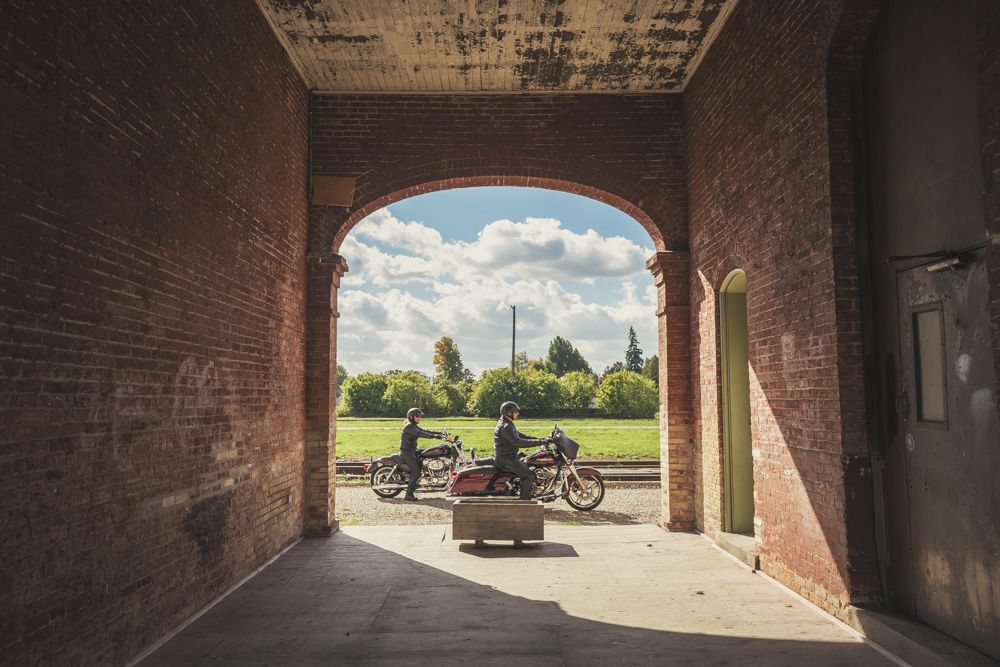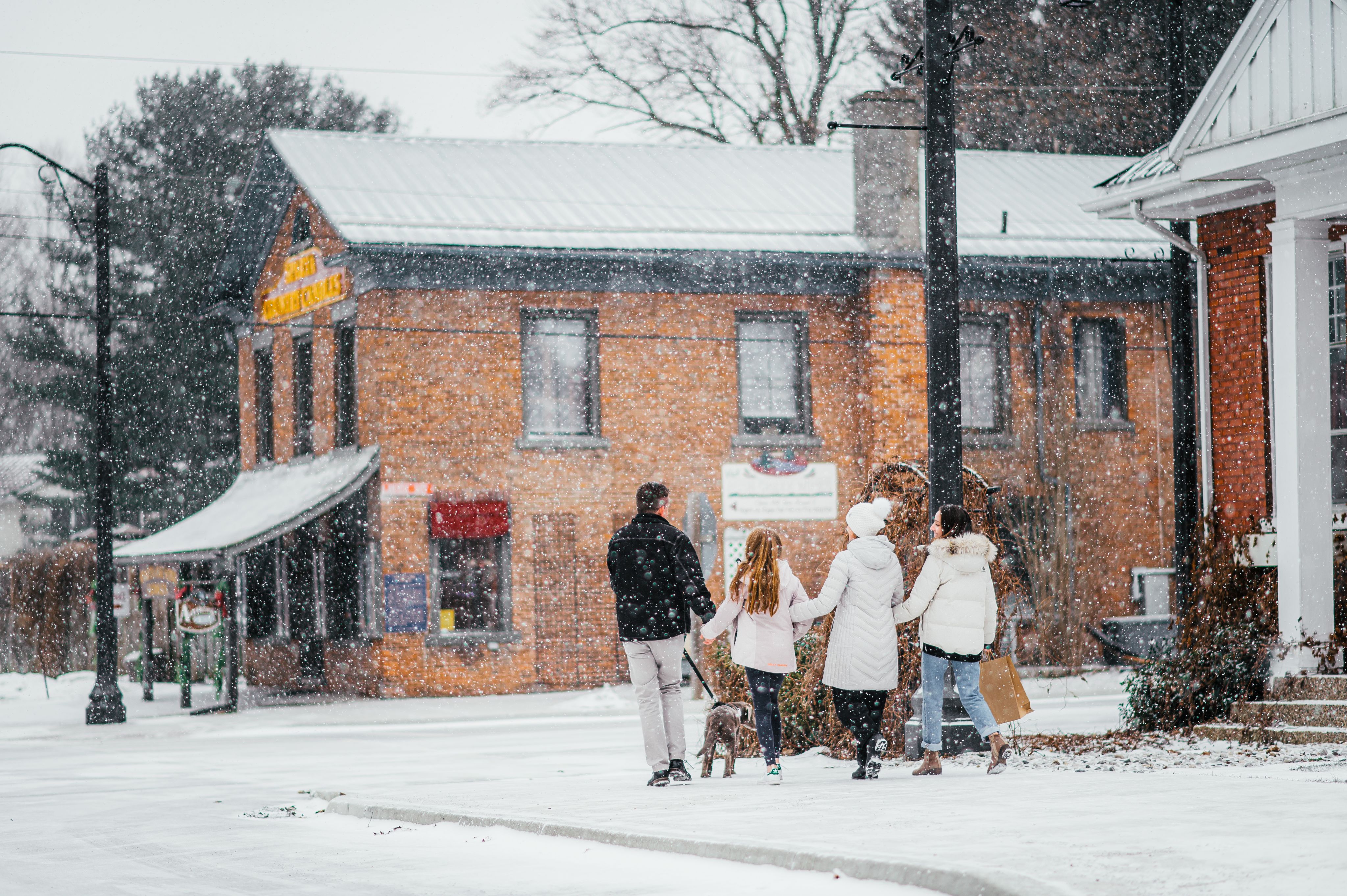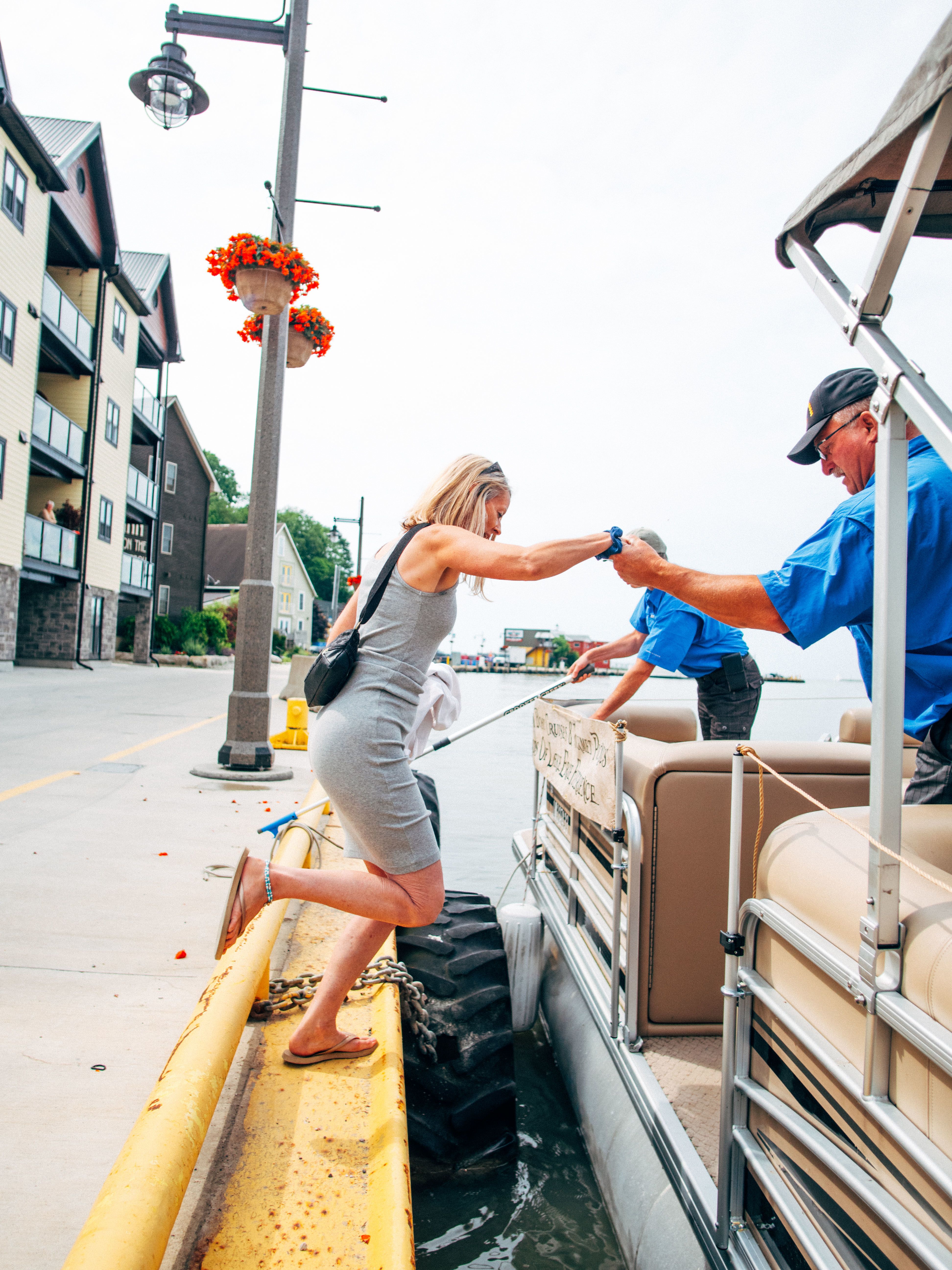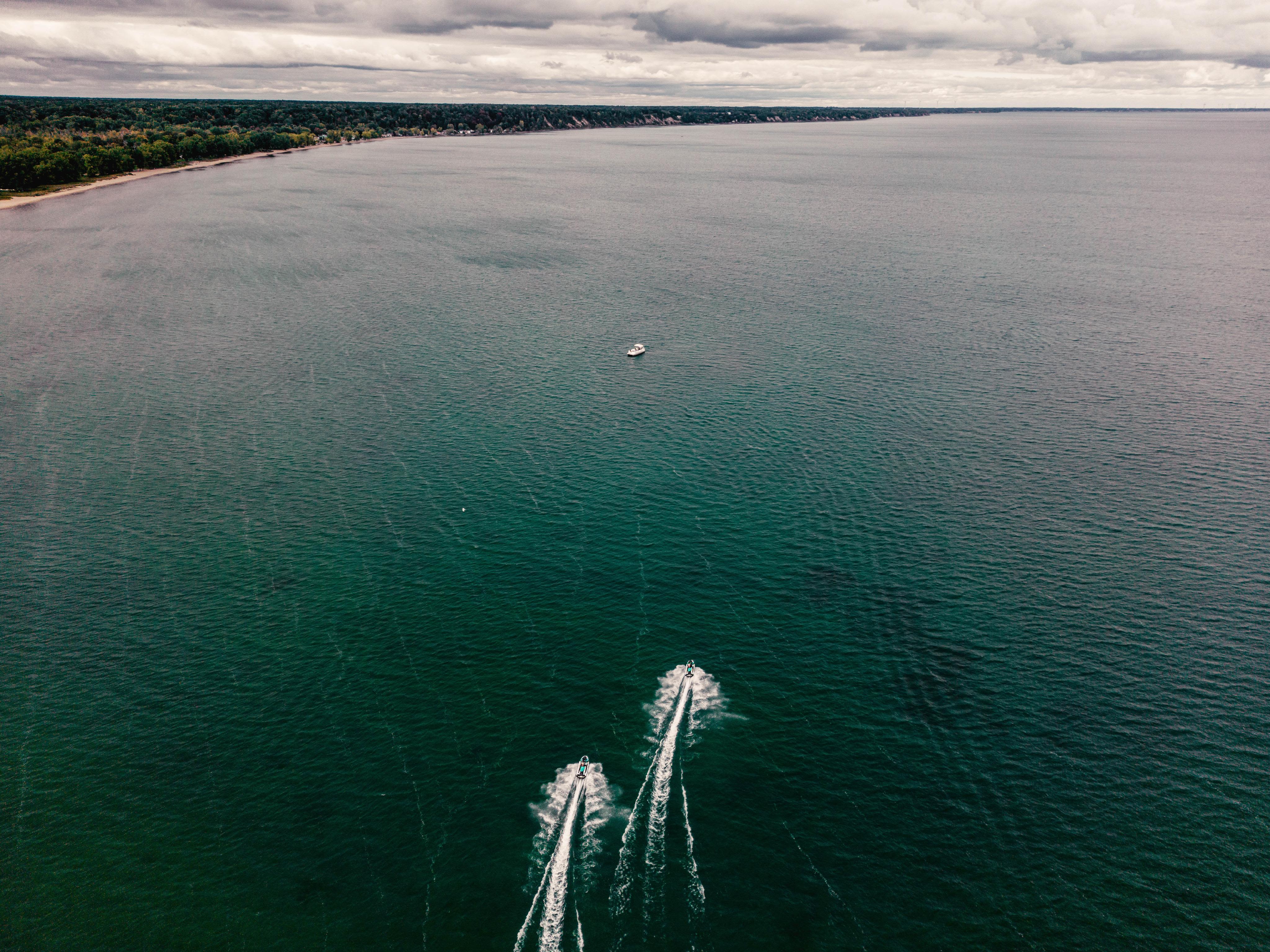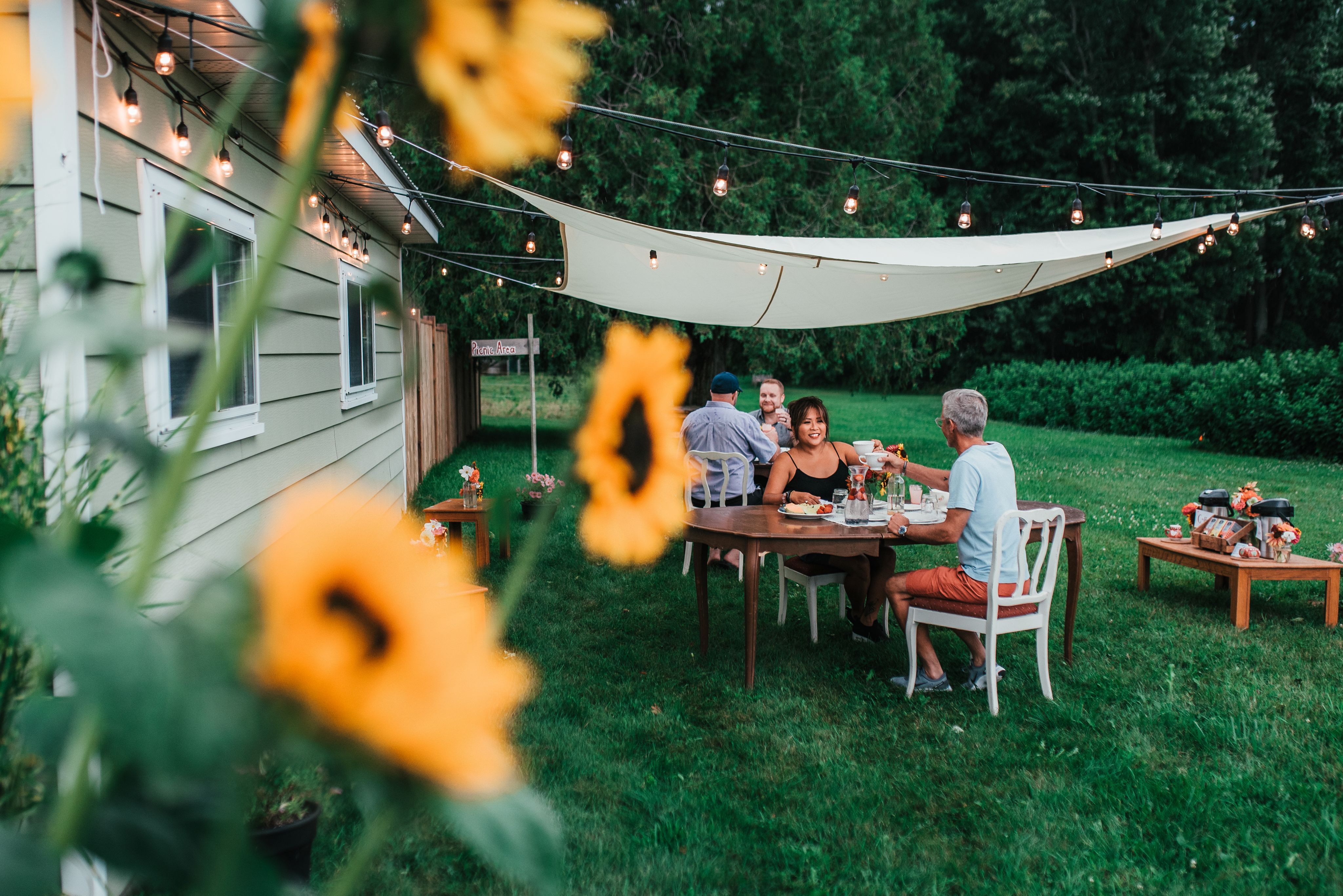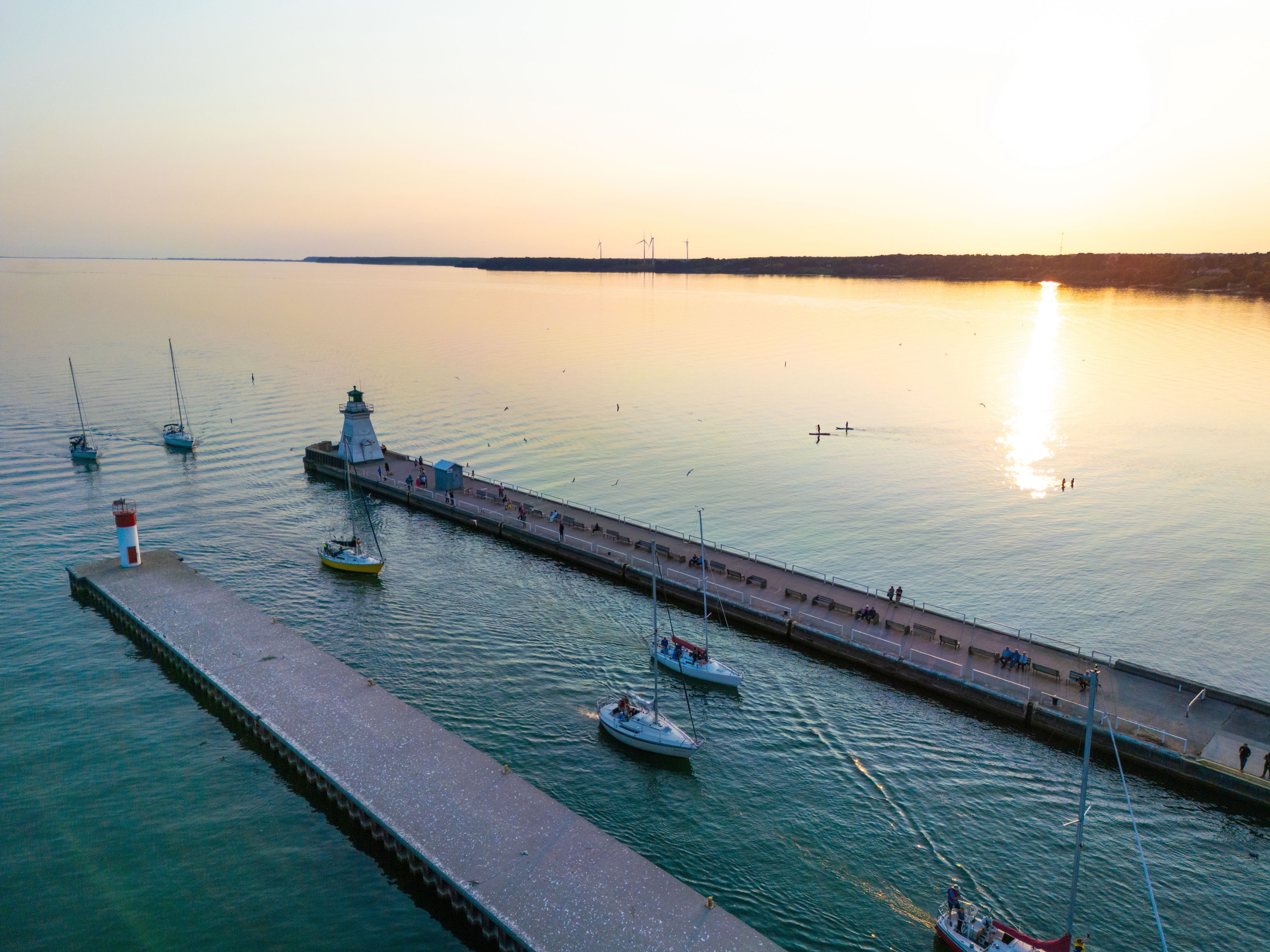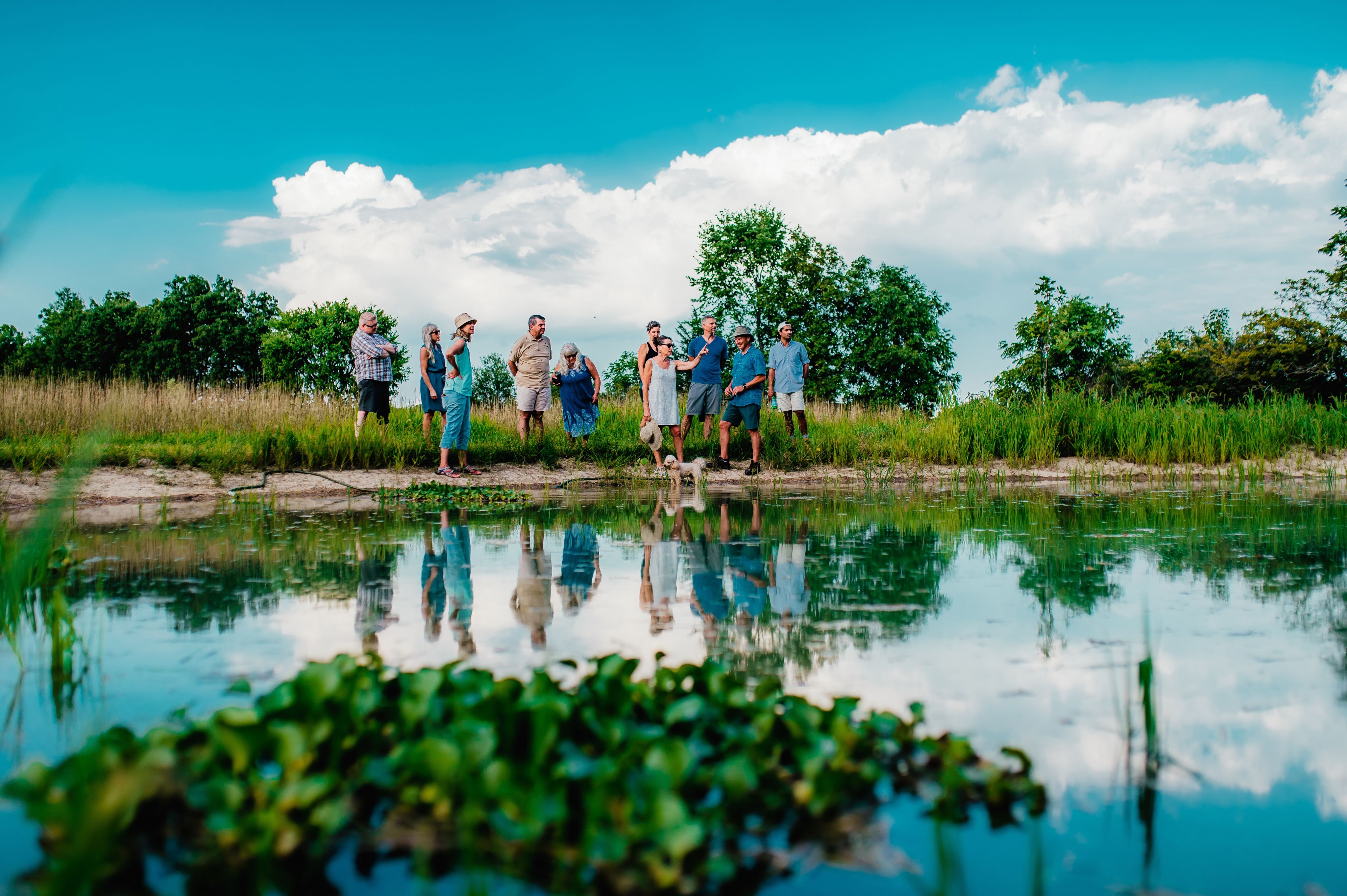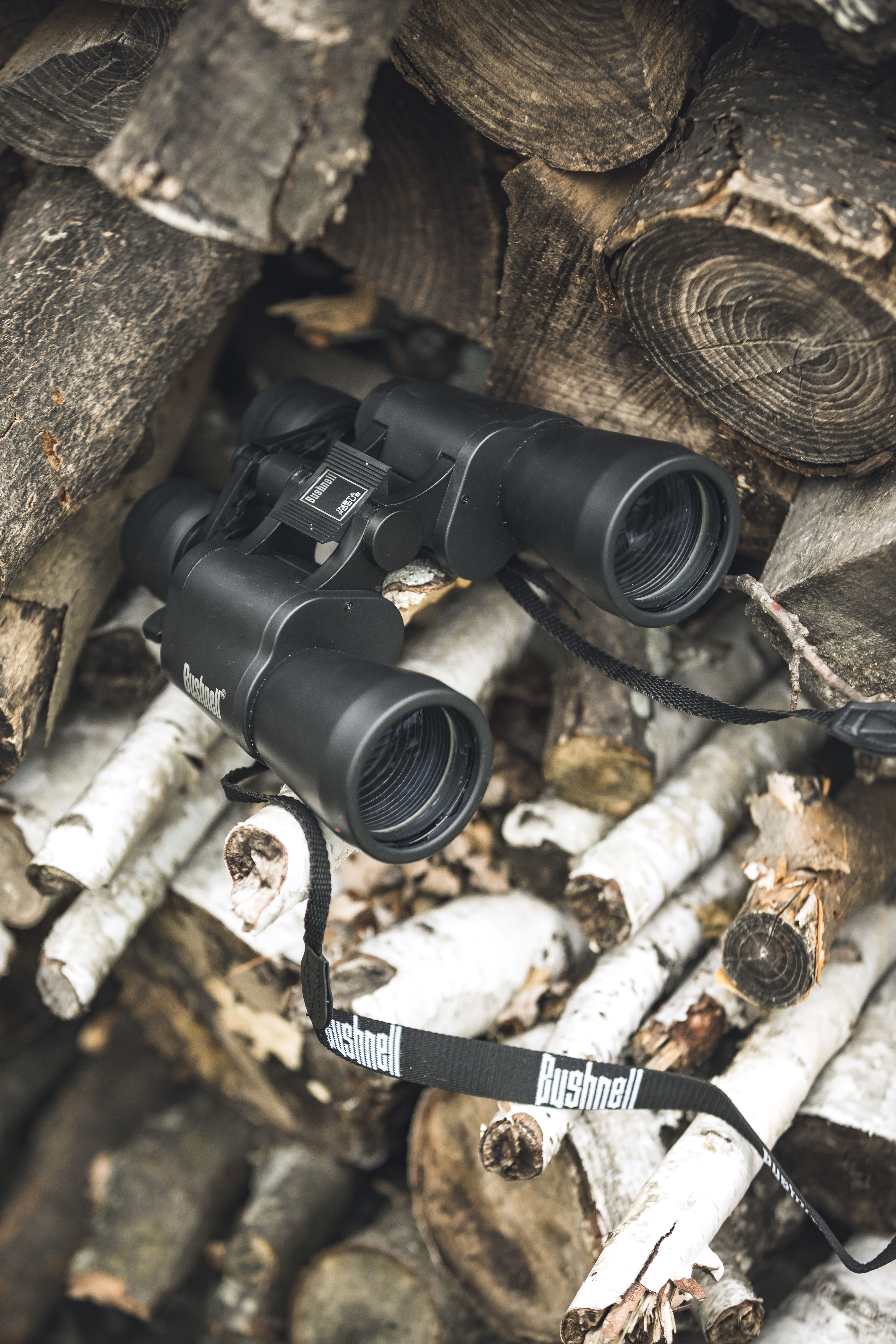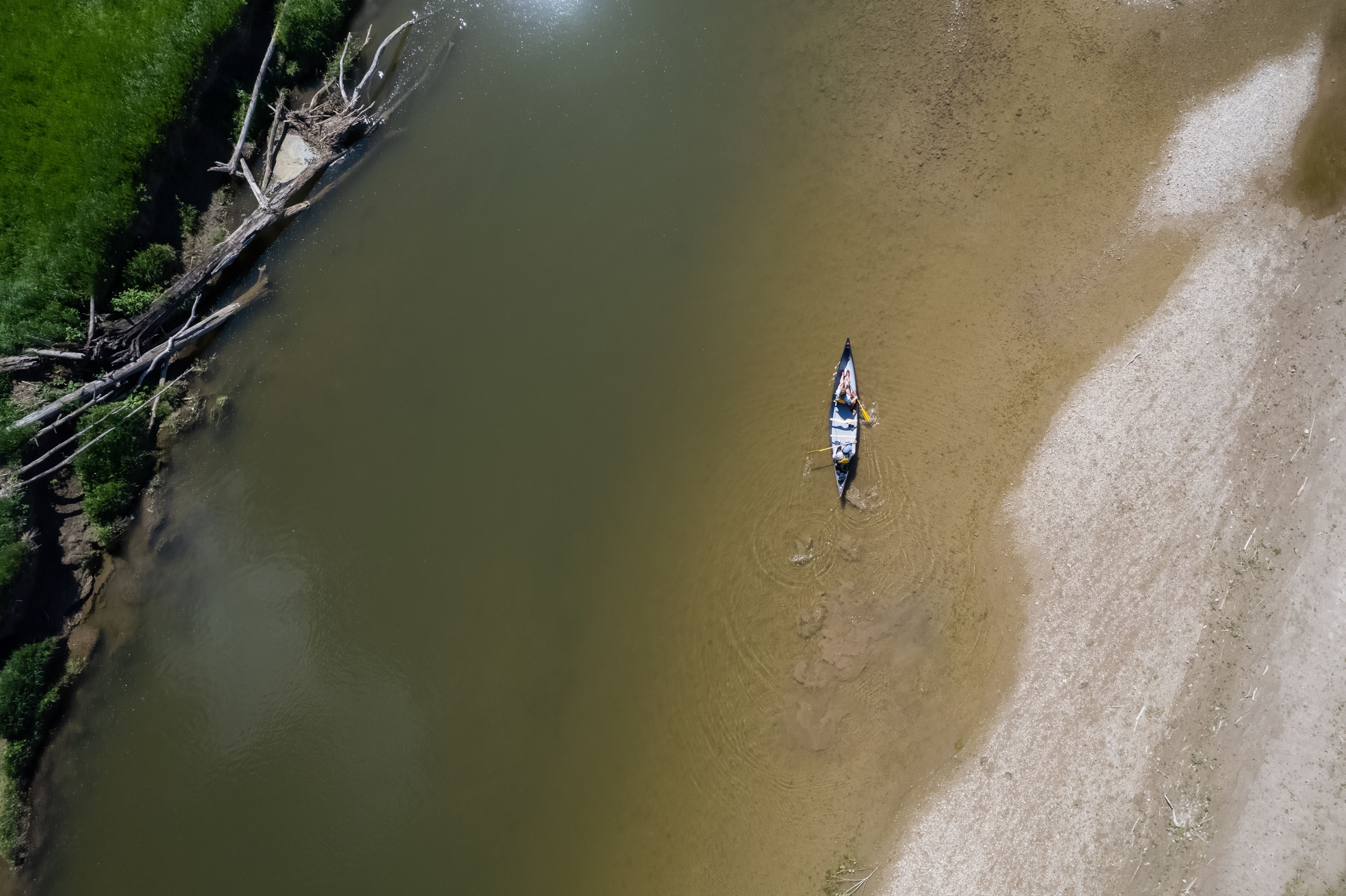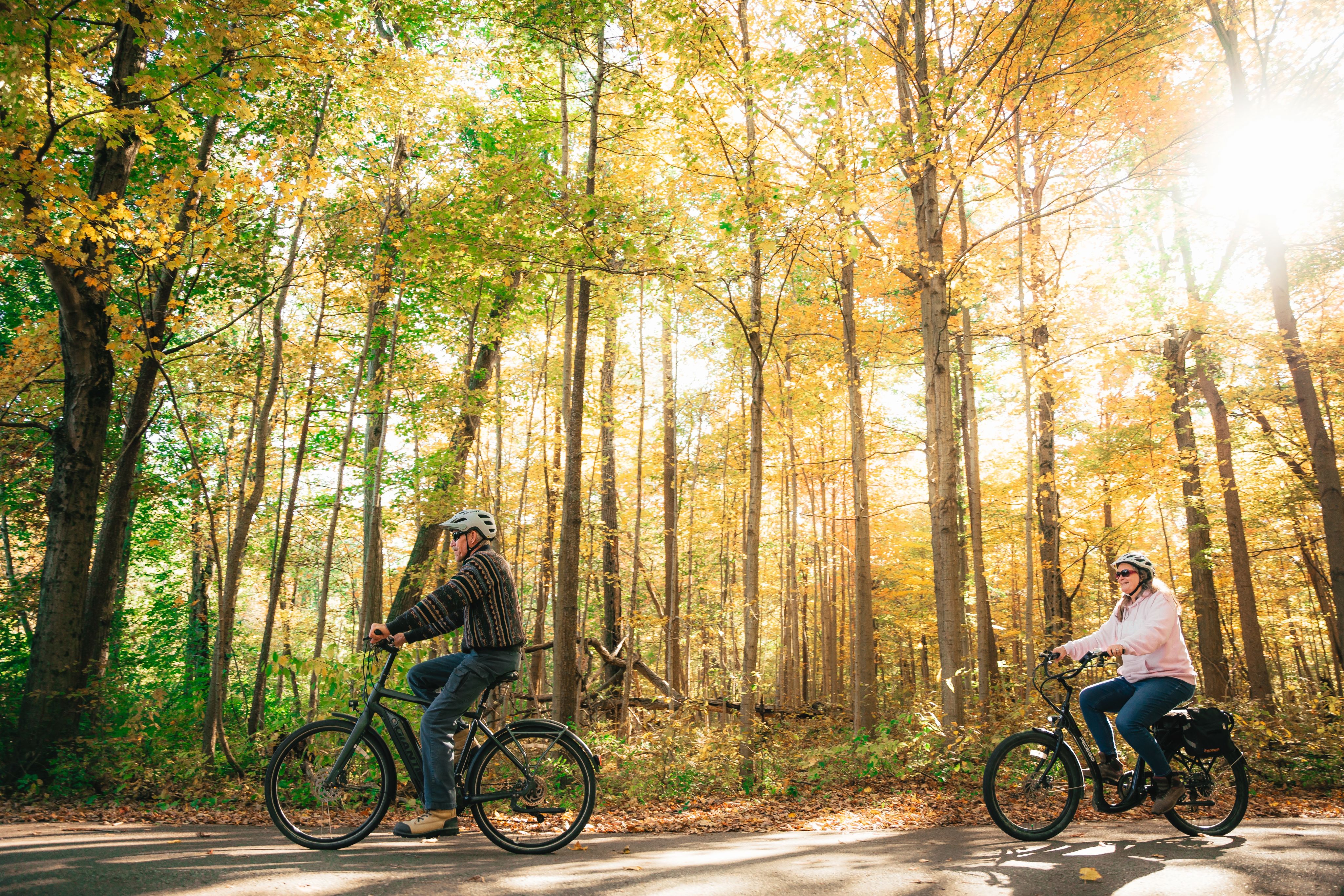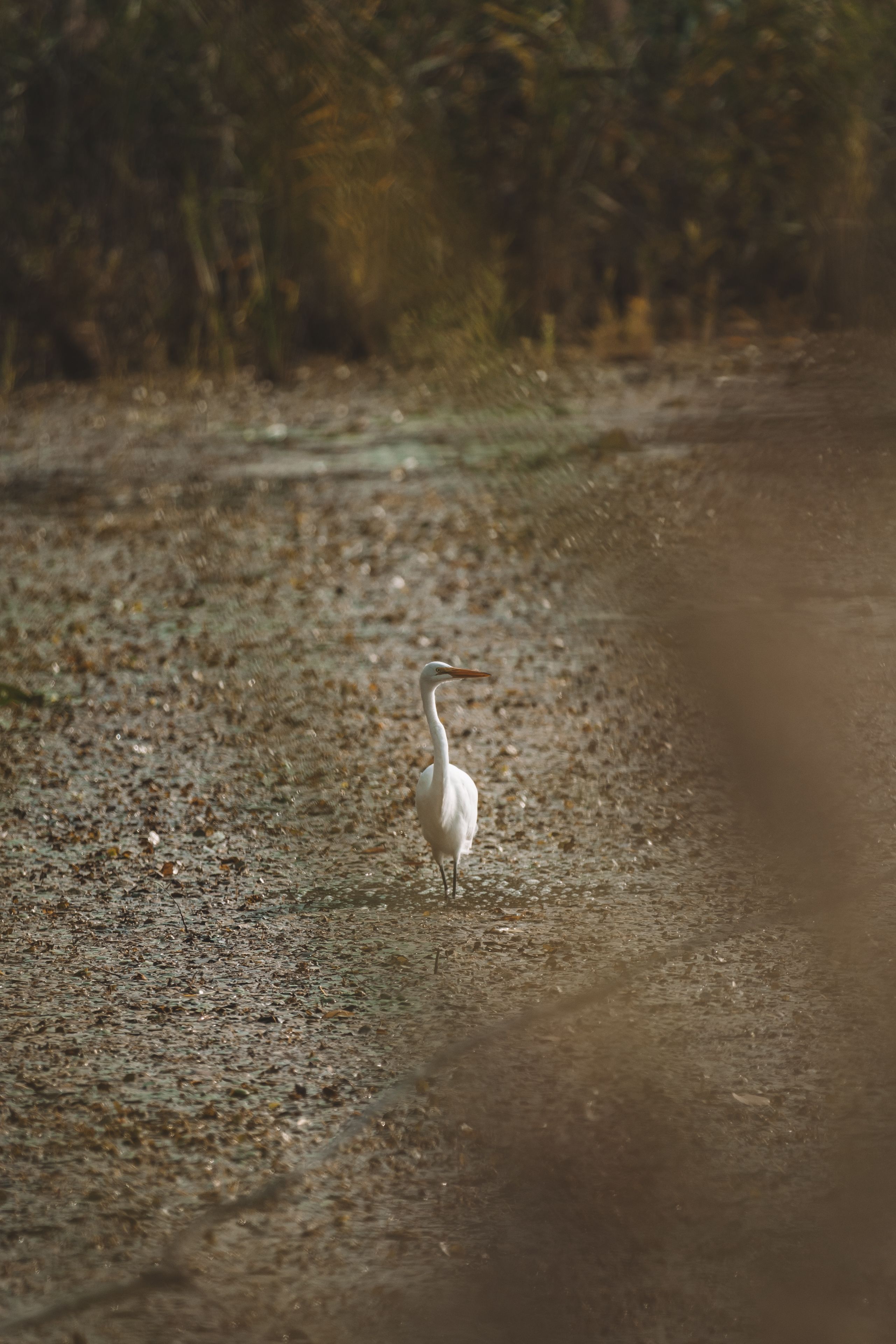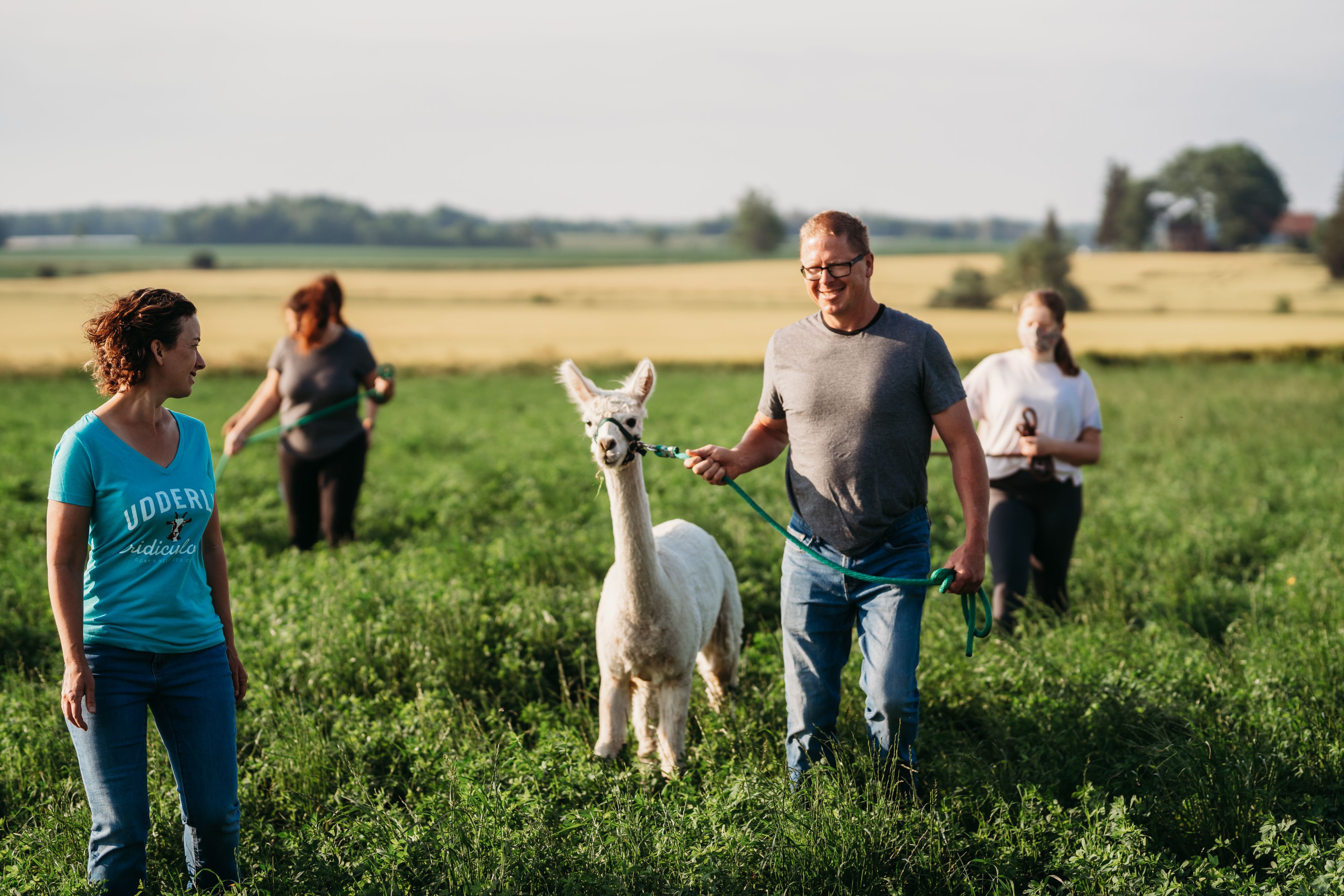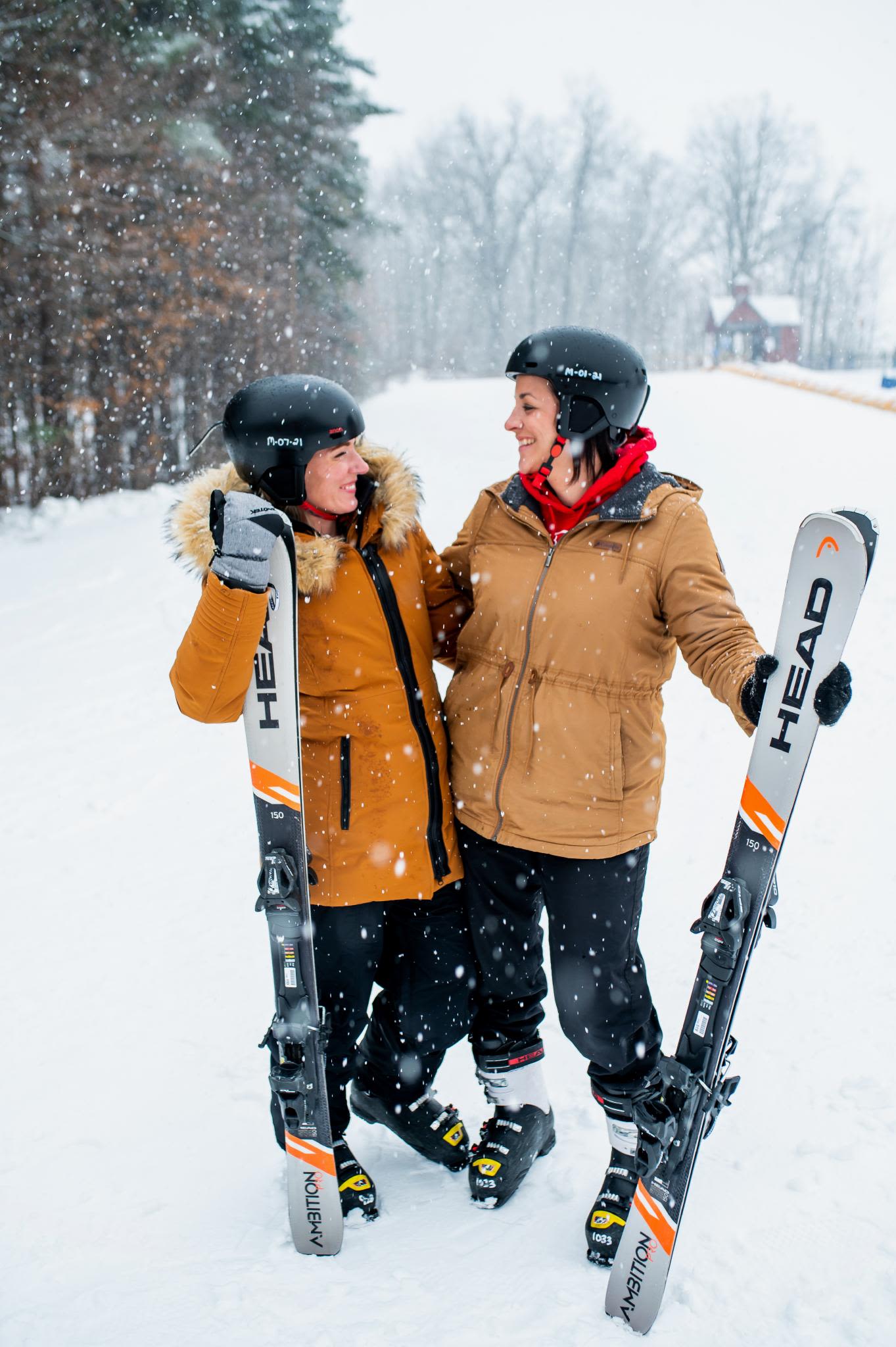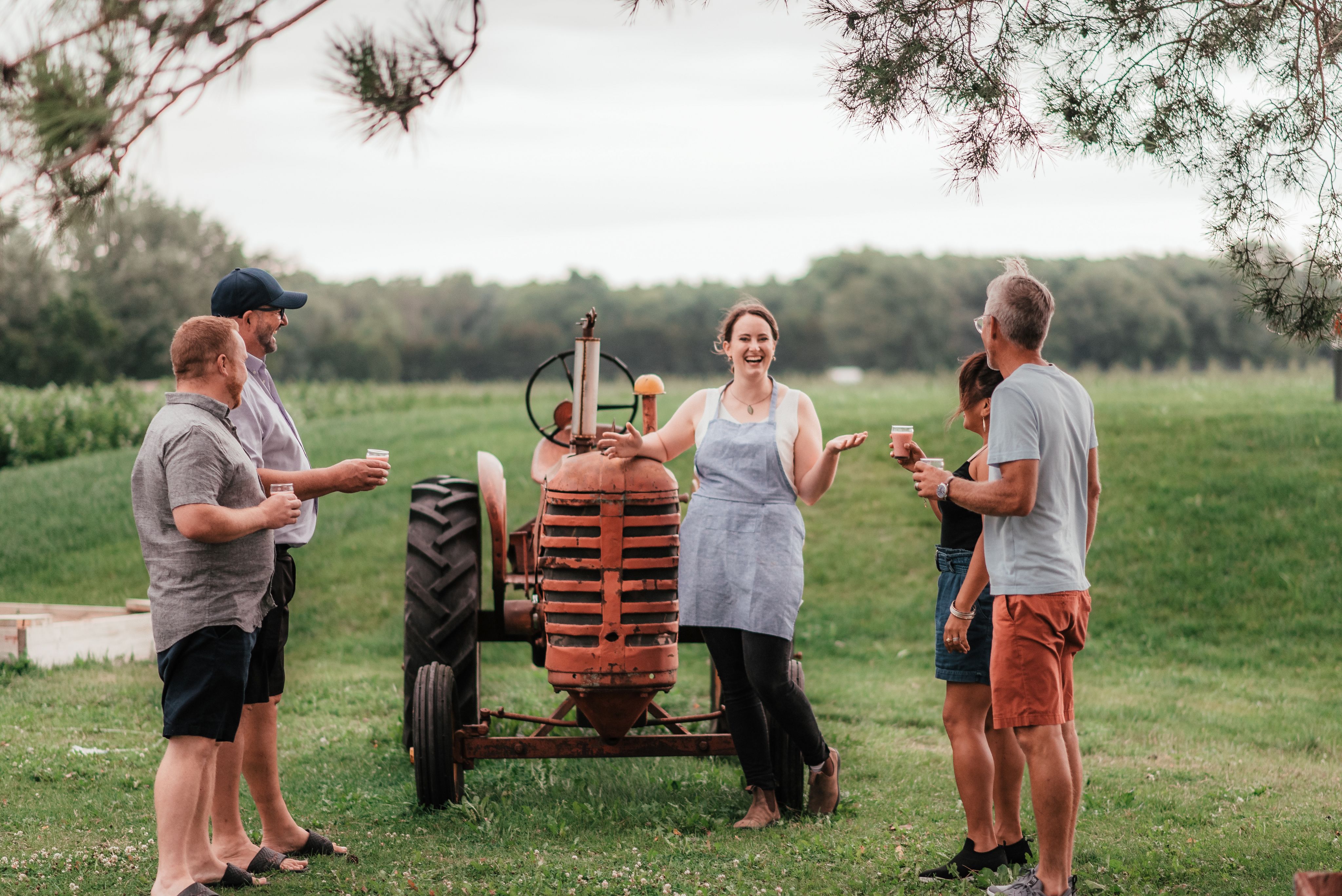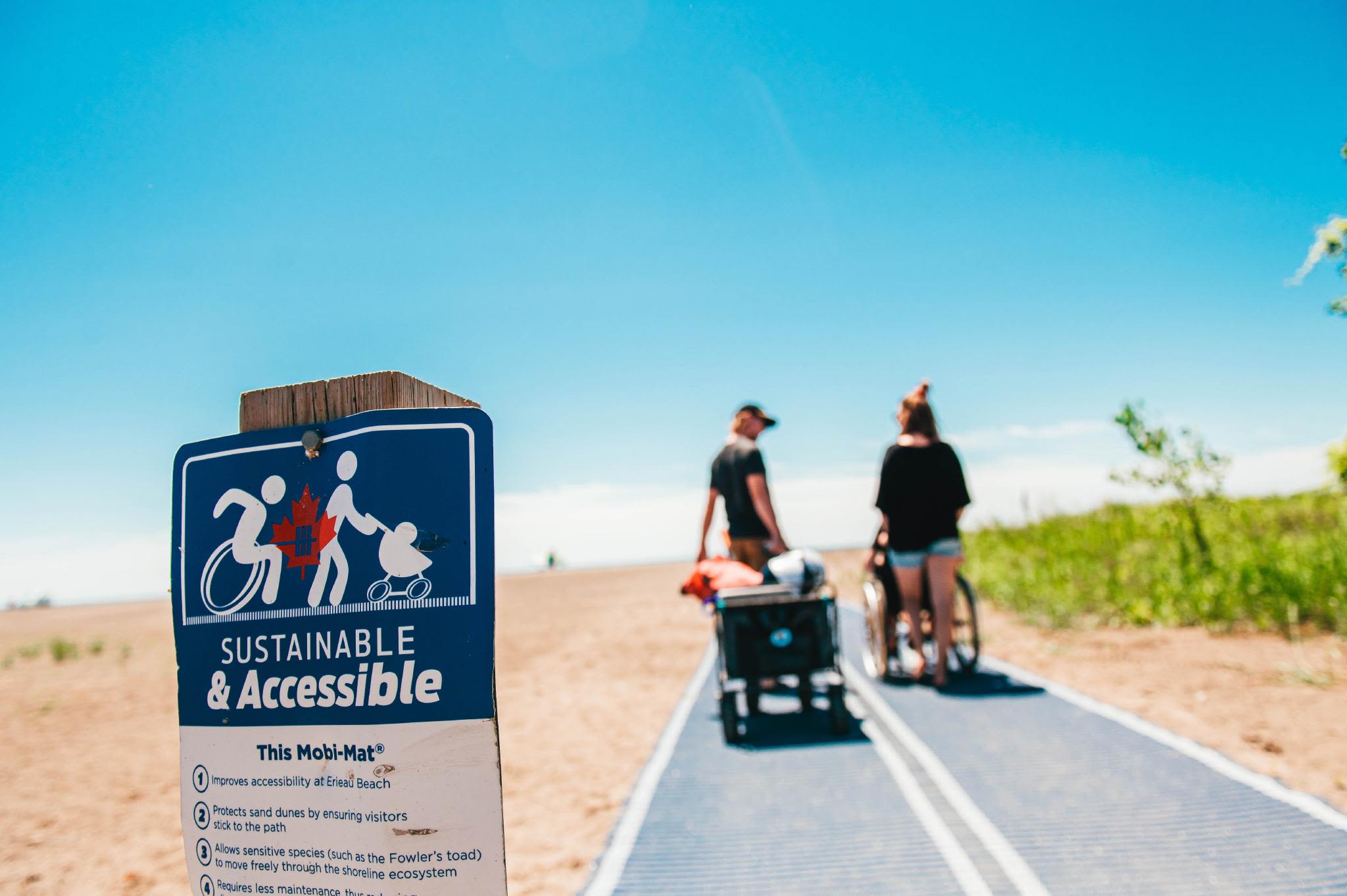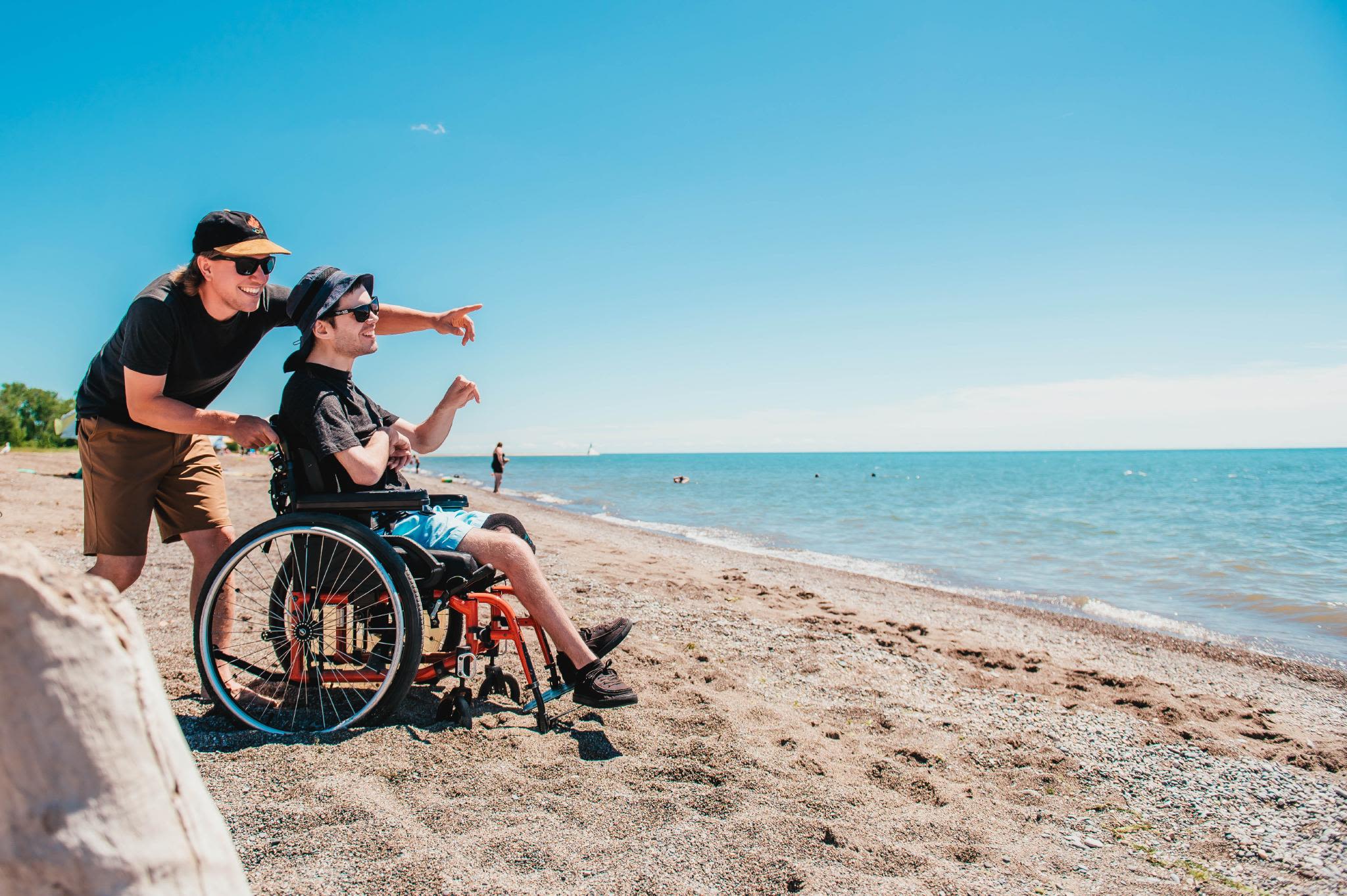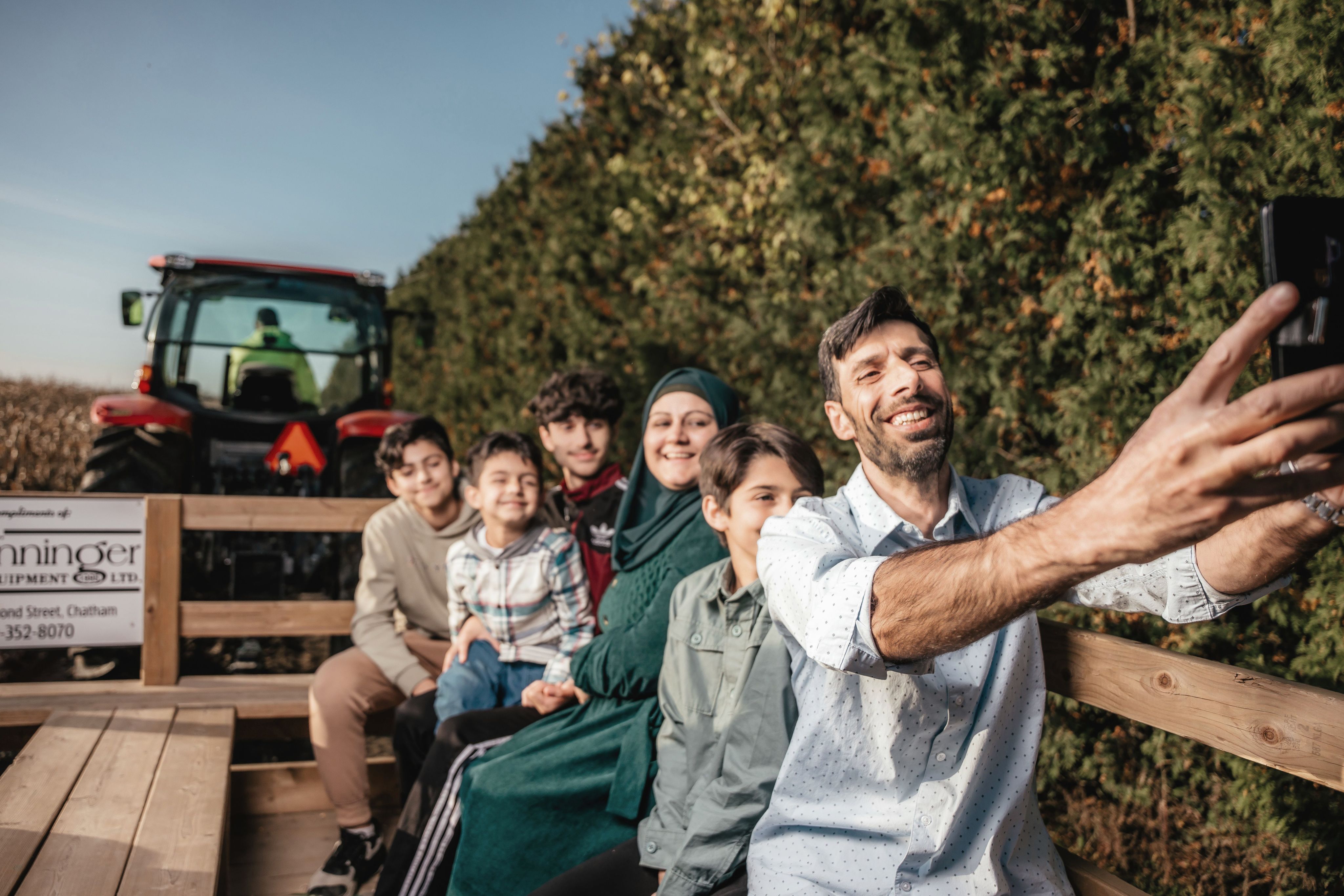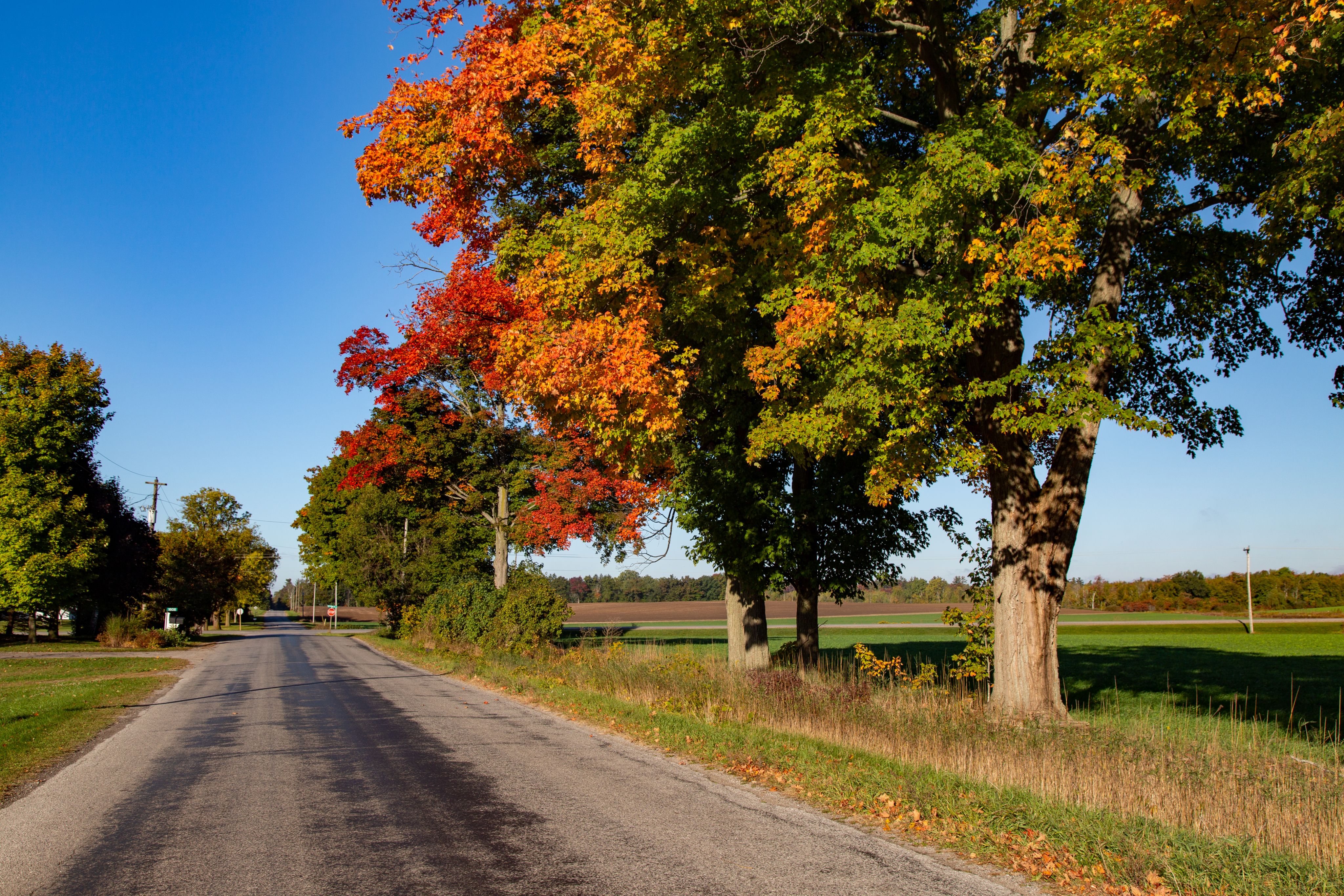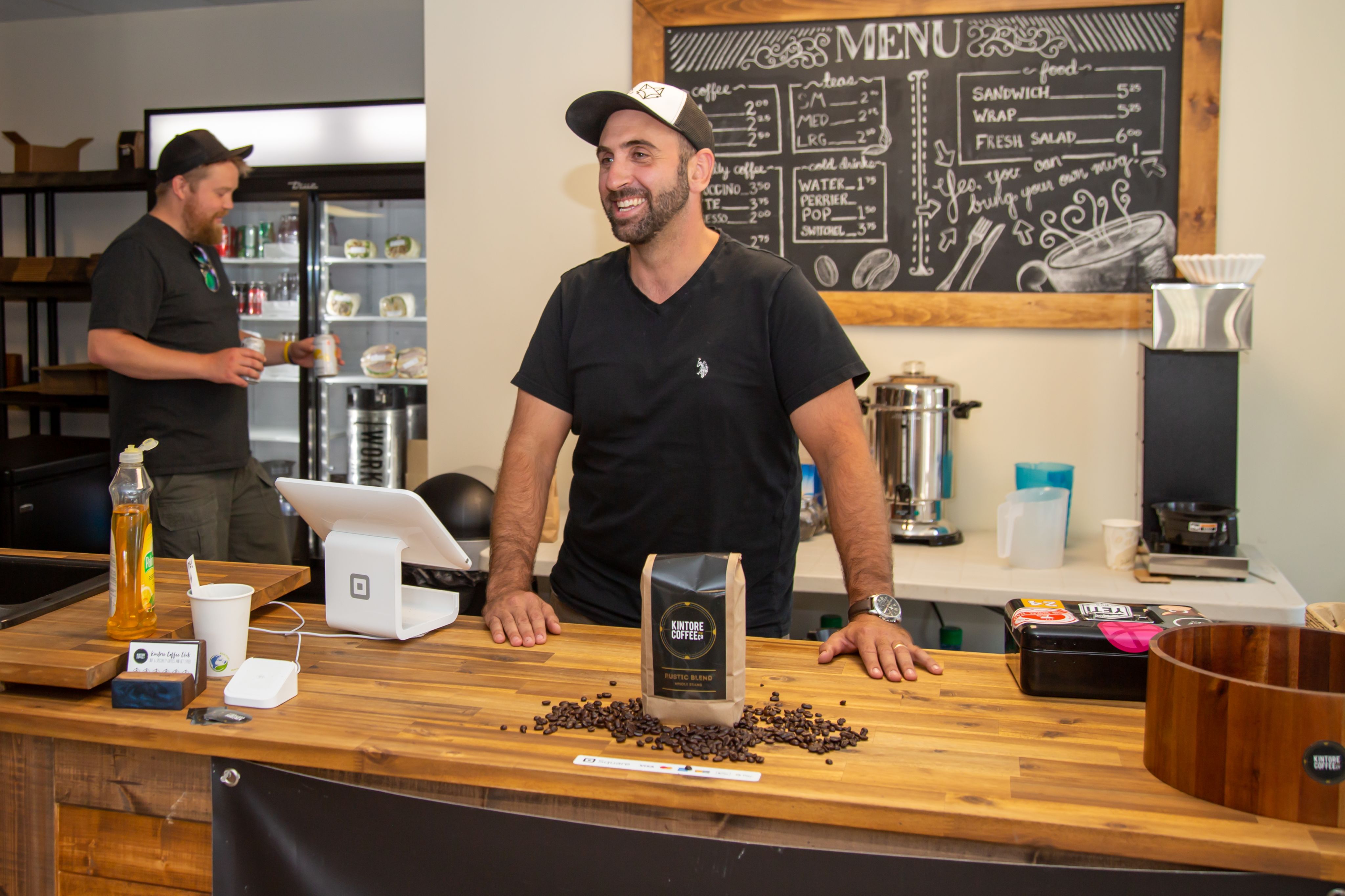Insights:
The 2025 Visitor Motivation & Transportation Survey

Welcome to Insights: the Motivation & Transportation Issue
People set out on journeys for reasons as varied as the landscapes they cross, but at the heart of it all is a quiet pull toward connection.
Travel offers the chance to step beyond the familiar and feel the texture of a different place: its sounds, scents, and the stories shared by those who live there. For some, travel is less about escape than about return — a return to wonder, to perspective, to a sense of belonging in a larger world. Whether it’s for a weekend away or a once-in-a-lifetime voyage, the reasons we travel are ultimately about weaving ourselves into the wider story of place, people, and the planet itself.
Our 2025 Motivation & Transportation Survey* turns that sentiment into numbers. It explores why people travel and how they get there, revealing patterns in movement and motivation that shape tourism in our region and point to opportunities ahead. Yet numbers are only part of the picture. Here, we pair the data with community voices that bring it to life — stories that invite you to feel the same sense of connection that inspires every journey.
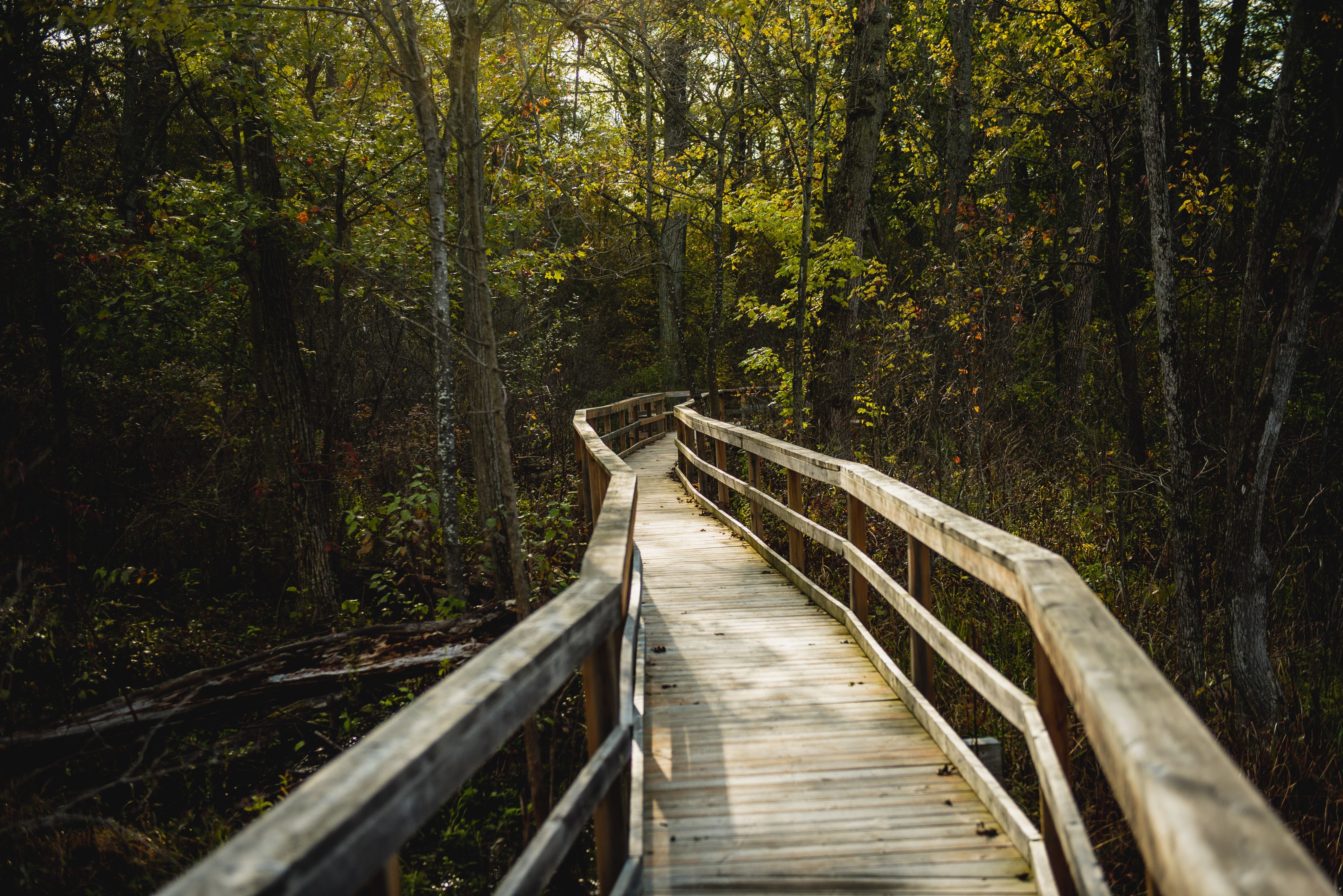
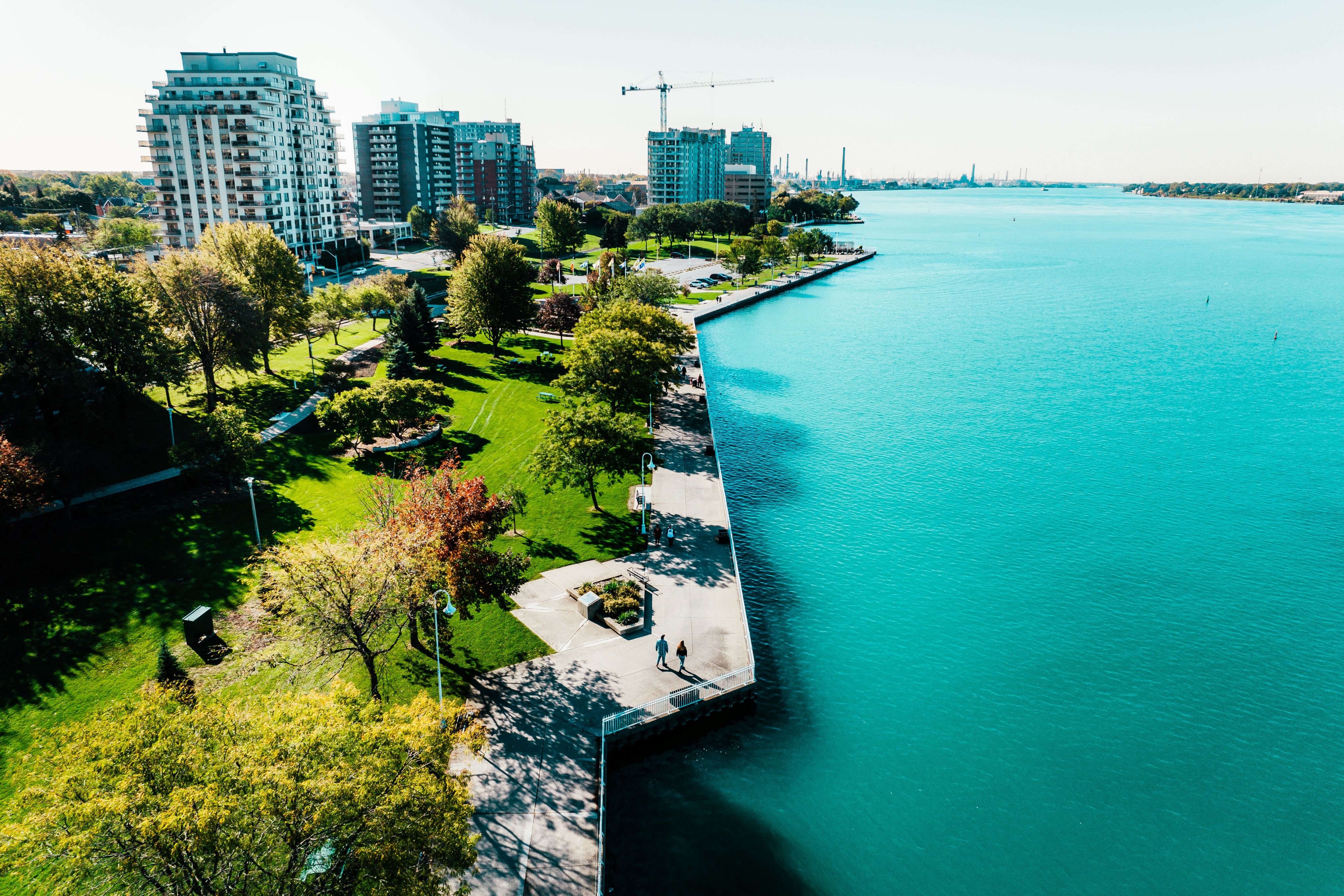
How to Navigate the Report:
To navigate this survey report, simply keep scrolling down. Along the way, you’ll see the scroll icon that lets you know there’s more to discover — so don’t stop there!
At the end of the report, you’ll also find a section called “Insights in This Report.” This area has additional clickable stories that lead to even more insights, including inspiring community stories and additional survey results from previous years.
To return to the Ontario’s Southwest main webpage, just click the logo in the top left corner.
What's Inside The Report
Data: Numbers always tell an underlying story and, in the case of our survey, we found that the numbers tell three compelling stories. Each one reveals a different look at the data we've gathered. Read them all to get a full picture into the hearts and minds of our travellers.
Keep scrolling to read them all.
- The Transit Gap: At the heart of our survey is the ultimate question of how people travel to our region and throughout the province.
- The Pull of Nature: Examining what travellers are looking for in a destination, why they are choosing Ontario and what is driving current travel trends.
- The Traveller Experience: A look at what drives the purchasing cycle of an average traveller, from inspiration to the return home.
The Travellers: A segmented look at who answered the survey and the types of experiences they are best matched with in Ontario’s Southwest. Find inspiration in how to tailor your business or experience to best match with our valued travellers. (Clicking the link leads to a new window)
Community Stories: Tapping into what travellers desire is the best recipe for success in tourism. Here we profile two inspiring community initiatives who are getting it right. (Clicking the link leads to a new window)
Previous Issues of Insights: Even more insights. Take a look back at our previous survey results and reports. (Clicking the link leads to a new window)
The Transit Gap
Our 2025 Visitor Survey explored how people move through Ontario, from the ways they get around to the reasons behind their transportation choices. Below, we share some of the key findings and insights that reveal how travellers experience mobility across the province.

Question:
When travelling within Ontario, do you drive a personal vehicle to get to the destination or use public transportation?
96% of the people we surveyed use personal vehicles for travel in Ontario. Only 4% said they use public transportation to move around the province.
When it comes to getting around, cars still rule the road.
In fact, 96% of respondents said they rely on private vehicles when travelling in Ontario, and that gap widens in rural areas. Of the 109 people who use public transit, only 52 would take it to a rural community.
We asked what might shift those habits, what would make someone actually choose transit. The answers reveal not only frustrations but possibilities for change.
Stronger transit systems create more equitable, sustainable, and connected communities. They reduce congestion and emissions, expand accessibility, and open tourism opportunities beyond the private car. For visitors, they turn a trip into a richer experience; for residents, they mean mobility that doesn’t depend on income or ability.
The numbers below show barriers — but also opportunities to reimagine movement for people, place, and planet.
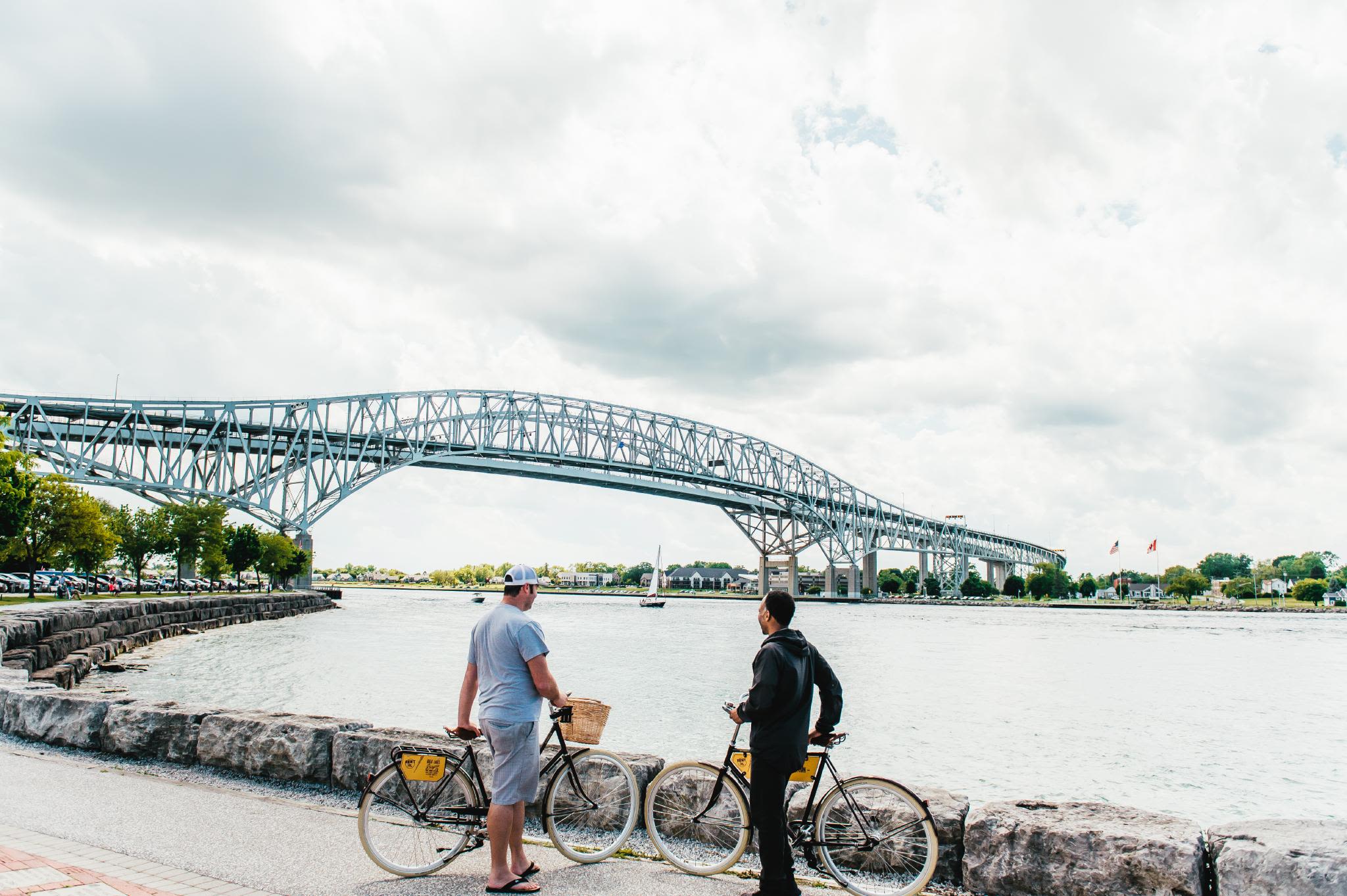
What Stops Travellers From Choosing Transit?
We wanted to know what it would take for those 96% to leave their vehicles at home and travel in Ontario by public transportation. We prompted the statement "I would use public transportation for travel in Ontario, if..." and gave travellers a chance to voice their opinions and ideas. Many gave more than one response.
"I would use public transportation for travel in Ontario, if trains and/or buses linked with affordable/subsidized bike rentals, EV car rentals for use within a predetermined radius of the transit hub," said one respondent.
"If it was safe to park/leave my vehicle at the station; the routes were logical (I don't want to drive an hour away from my destination to a transit pick up)," said another.
About 14% of travellers cited challenges around what’s known as the “first and last mile.” The first mile is getting from home to a transit point, including access to parking or pickup locations, and the last mile is navigating a destination affordably and conveniently once arrived.
Together, these travellers highlight a shared frustration: it’s not just about the journey itself, but the links that make it possible.
Even amongst those who do already use public transportation, the main pain points to using it more often echoed these results and mainly came down to convenience, connection, availability and cost.
The chart below shows some of the other top answers.
Q: I would use public transportation for travel in Ontario, if...
Respondents were asked this as an open-ended question and were able to list more than one reason. Below, we have complied the most common responses.
A considerable 12% of respondents said they would only use public transit as a last resort or that they would never consider using it.
A larger amount of respondents (629) pointed out that transit is simply not available to them either from where they live or to where they wish to go.
When you factor in those who say they’d never use transit (or only would as a last resort) along with those shut out by first- and last-mile gaps, 51% of respondents already feel disconnected from the system meant to serve them.
A considerable number of respondents (758) said that taking public transit was not an affordable option. This sentiment is enhanced for families or larger groups travelling together.
In the "Convenient & Efficient" category, people pointed out many of the flaws in the current system. They wished for a transit system that was more connected, reliable and offered faster or more direct service with fewer stops.
Here's how the responses ranked in order of importance:
○ Frequent & Convenient: visitors wish to see service that fits into their travel schedule.
○ Reliable/On Time: travellers see transit as unreliable and often late, either to leave or to arrive at their destination.
○ Fast & Efficient: travellers see value in transit when it can arrive faster than travelling by personal vehicle.
○ Fewer Connections/Less Stops: visitors don't want the hassle of multiple stops nor do they want transit that forces them to change buses/trains often.
In the "other" category were a myriad of responses that ranged from concerns about safety to wanting the system to be more accessible, as well family and pet friendly. Some suggested we take note of systems in Europe or Japan or invest in high-speed rail.
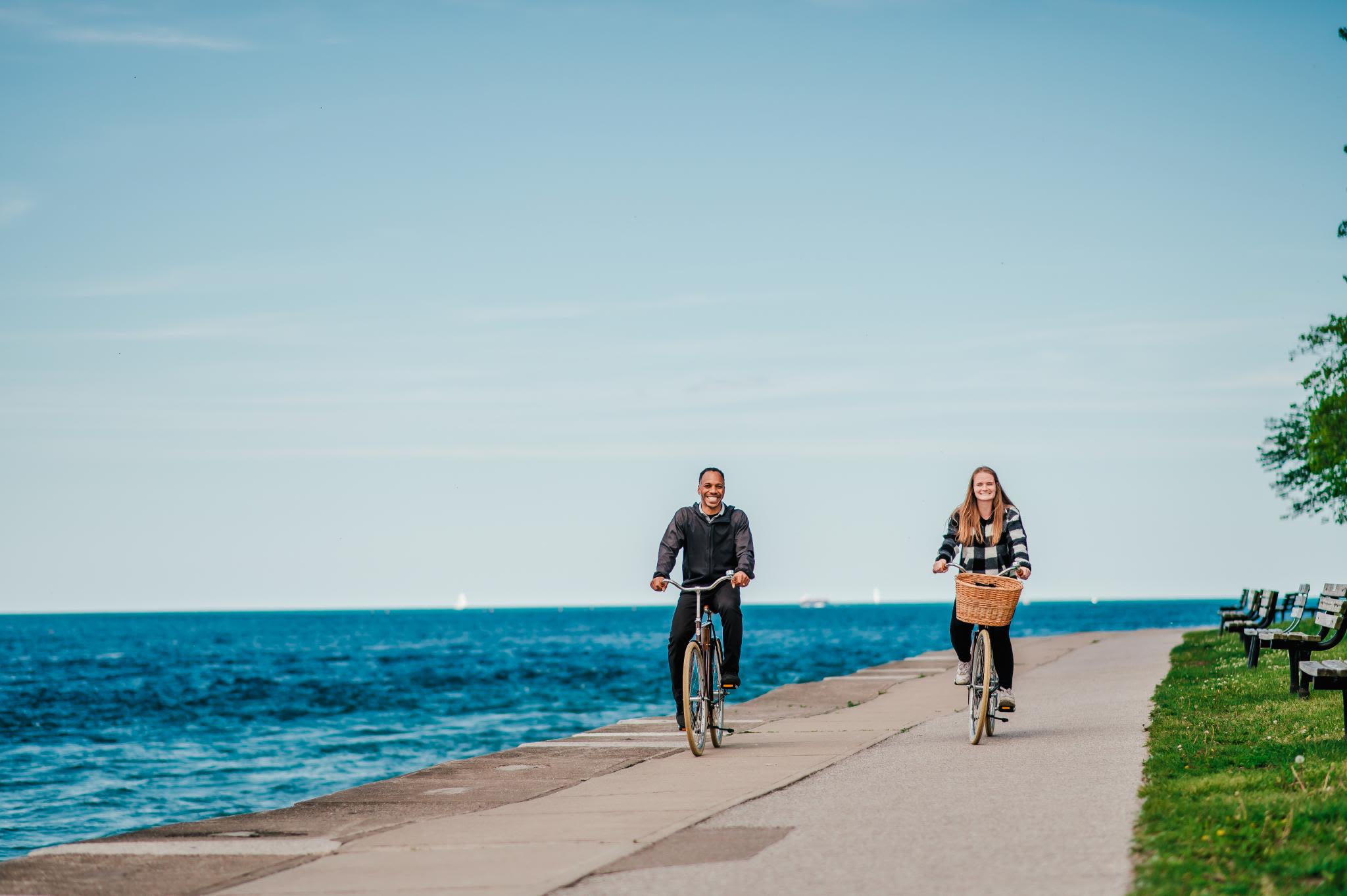
Q: I would use public transportation for travel in Ontario, if:
"It were more frequent and reliable. Safety, ensure that upon arrival at a destination (no matter what time), that destination facility is open and manned. There needs to be a way of getting from your destination to your final (accommodations) destination. Need to be clear if there is no Sunday or Holiday service."
- Traveller from Toronto, Ontario
Fuel Costs
For those who answered that they use a private vehicle, we asked how fuel costs impact their travel plans. The results showed that more than half of travellers would not allow rising fuel costs to derail their plans, with nearly 28% saying they don't factor in fuel costs at all and a further 38% saying that while they do set a budget for travel, they leave wiggle room in their budget to allow for additional fuel costs.
Distance Travelled
We also asked how far they are willing to travel in their personal vehicles to reach a destination. The results showed that people are not averse to travelling longer distances, with more than 76% of travellers saying they would be willing to drive more than four hours to reach their destination. Only a small portion were unwilling to drive for more than two hours.
Q: What is the main challenge of using public transportation as a visitor?
We asked this question to those people who said they do take public transportation in Ontario. Here are some of their answers:
"Limited schedules, with poor regional or local bus connections. Uber is more available now which makes things easier, but is expensive."
"Limited stations and when you get there, it's usually car dominated, ugly and difficult to cycle or walk. This is typical of Ontario and it's getting worse as the province prioritizes highways in our natural areas."
"Effective signage is paramount. Cardinal directions are not helpful for everyone, so iconography along with cardinal directions, nearby sites, etc, help."
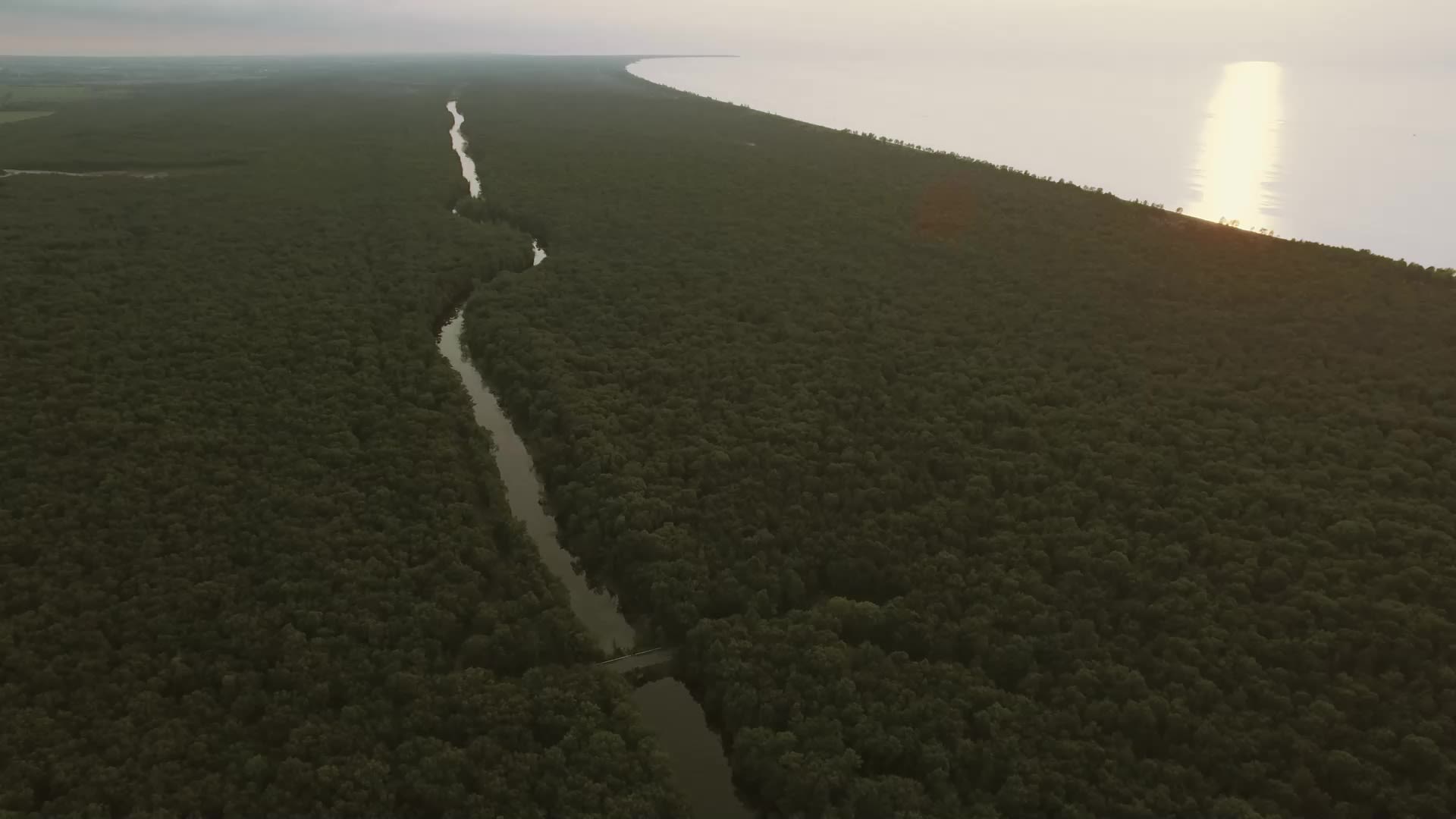
Predictably, when asked to pick the top three things they would change about transportation in Ontario, the most popular options were:
- More frequent and reliable regional options
- Less congestions/traffic in popular destinations
- More affordable transportation fares
- Better public transit connections between rural and urban areas and,
- Easier access to car-free travel options (e.g., shuttle services, carshares)
These responses point to a clear desire for a transportation system that feels more accessible, connected, and dependable, not just for daily life, but for leisure, tourism and work commute as well. Improving these areas would not only make it easier for people to move around the province, but would also open new possibilities for regional travel, enabling visitors to explore Ontario more sustainably and spontaneously.
Key Takeaways
1.With 96% of travellers choosing to drive, Ontario’s tourism economy is still overwhelmingly car-dependent. Instead of treating this as a barrier, there’s opportunity to market driveable itineraries and short-distance road trips that connect smaller communities, local food trails, and nature experiences. Imagine supporting EV charging networks, scenic byway designations, and low-impact travel corridors to make driving more sustainable and inclusive.
2.Convenience, affordability, and connectivity are pain points, but they can become areas for innovation. Imagine collaborating with Destination Management Organizations, BIAs and operators to design “transit-friendly” itineraries (e.g., “No-Car Weekends” from Toronto to Ontario’s Southwest). Imagine investment in tourism-integrated transit where local routes align with attraction hubs, festivals, and waterfronts.
3.Survey responses around lack of signage and confusing local systems suggest a communication gap. Imagine creating visitor-oriented wayfinding, such as consistent multilingual signage, “last-mile” shuttles, and clearer digital maps at train/bus terminals. This isn’t just infrastructure — it’s destination storytelling that makes travellers feel welcome and at ease the moment they arrive.
4.Even though fuel prices don’t yet strongly influence travel decisions, some travellers are limiting trips due to cost. Position nearby or clustered destinations as “close-to-home adventures” that deliver great value without long drives. Highlight experiences that feel rich and complete within a compact geographic area — such as culinary trails, scenic loops, or weekend circuits that make a short trip feel like a true escape. Imagine encouraging incentives for low-emission or regional travel, such as combined attraction passes, cycling, EV car and carpooling discounts, or collaborative marketing among communities within the same travel corridor.
5.The most common frustration among transit users isn’t just the ride, but the “in-between” moments: getting from station to hotel, from bus stop to attraction. Imagine encouraging micro-mobility (bike share, e-scooters), shuttle partnerships, and community-led transport pilots that close this gap. Every “seamless transfer” is also a storytelling touchpoint — proof that Ontario can move travellers smoothly and sustainably.
The Pull of Nature
Our 2025 Visitor Survey explored how people move through Ontario and what really matters to them when choosing a vacation destination. Below, we share some of the key findings and insights that reveal what travellers are seeking, why they choose Ontario and what regions in the province are at the top of their travel list.
Our 2025 visitor survey offers a revealing look at how people are moving through Ontario — and, just as importantly, why. When travellers imagine their next getaway, the draw isn’t far-flung destinations or bucket-list adventures. It’s the quiet comfort of a lakeshore morning, the laughter that echoes through small-town main streets, and the steady rhythm of a province that feels both familiar and full of discovery.
For many, the decision to travel in Ontario comes down to connection: to home, to community, to each other. Most plan to explore with a partner or close circle of friends, while families of all kinds, from parents with young children to multigenerational groups, are shaping their travels around shared time and ease of access. What they’re seeking — nature, water, beauty, and belonging — paints a portrait of a province where travel isn’t about going somewhere new, but about rediscovering what’s already here.
Keep scrolling down for a look at the insights on traveller motivation.
What motivates us to travel?
By far the most powerful motivator, water sits at the heart of Ontario’s identity, a steady presence through every season. In summer, travellers swim in clear lakes, paddle quiet rivers, and spend long days along the province’s vast shorelines. When winter arrives, those same landscapes shift into scenes of ice fishing, skating, and snow-covered stillness. With hundreds of lakes and countless access points, water is a way of life that invites travellers to slow down, breathe deeply, and reconnect with the natural rhythm of the province.
Travellers are seeking the simplicity and warmth of small-town life. With quiet main streets, local cafés, and friendly faces, Ontario’s towns and villages represent a gentler kind of exploration. For many travellers coming from urban areas, a slower pace that replaces pressure is the epitome of relaxation. Rural escapes and secluded stays speak to a growing desire for calm, authenticity, and connection with community.
Culinary discovery continues to be a cornerstone of travel. From brewery trails and farm experiences to vineyard tours and seasonal menus, Ontario’s food and drink scene reflects its landscapes and local pride. Travellers are hungry for experiences rooted in place (no pun intended), especially ones that let them taste the story of where they are.
The call of the wild remains strong. Travellers are motivated by trails, parks, campgrounds, and forests that invite both adventure and stillness. This category captures everything from weekend campers to hikers and paddlers seeking immersion in nature. It is a reminder that access to green space is as restorative as it is recreational.
Beyond scenery, travellers are drawn to the cultural heartbeat of Ontario: its art galleries, museums, heritage sites, and summer festivals. These experiences turn destinations into stories, adding layers of meaning to a trip. Whether it’s live theatre, local music, or historical discovery, culture is what transforms a visit into a connection.
Curiosity fuels this category. These travellers want to go where few have gone, and this often means getting off the main highway, beyond the known destinations, and seeking something new and unique. They’re motivated by discovery, originality, and the satisfaction of finding a “hidden gem.” This exploratory mindset speaks to a larger trend toward more intentional, less crowded travel.
Ease matters. Travellers are seeking trips that feel simple, comfortable, and uncluttered. They want the journey to be as smooth as the stay. For some, that means avoiding congested highways or big-city crowds; for others, it’s about finding value and convenience closer to home. This sentiment underscores Ontario’s appeal as a stress-free, accessible destination for all kinds of travellers.
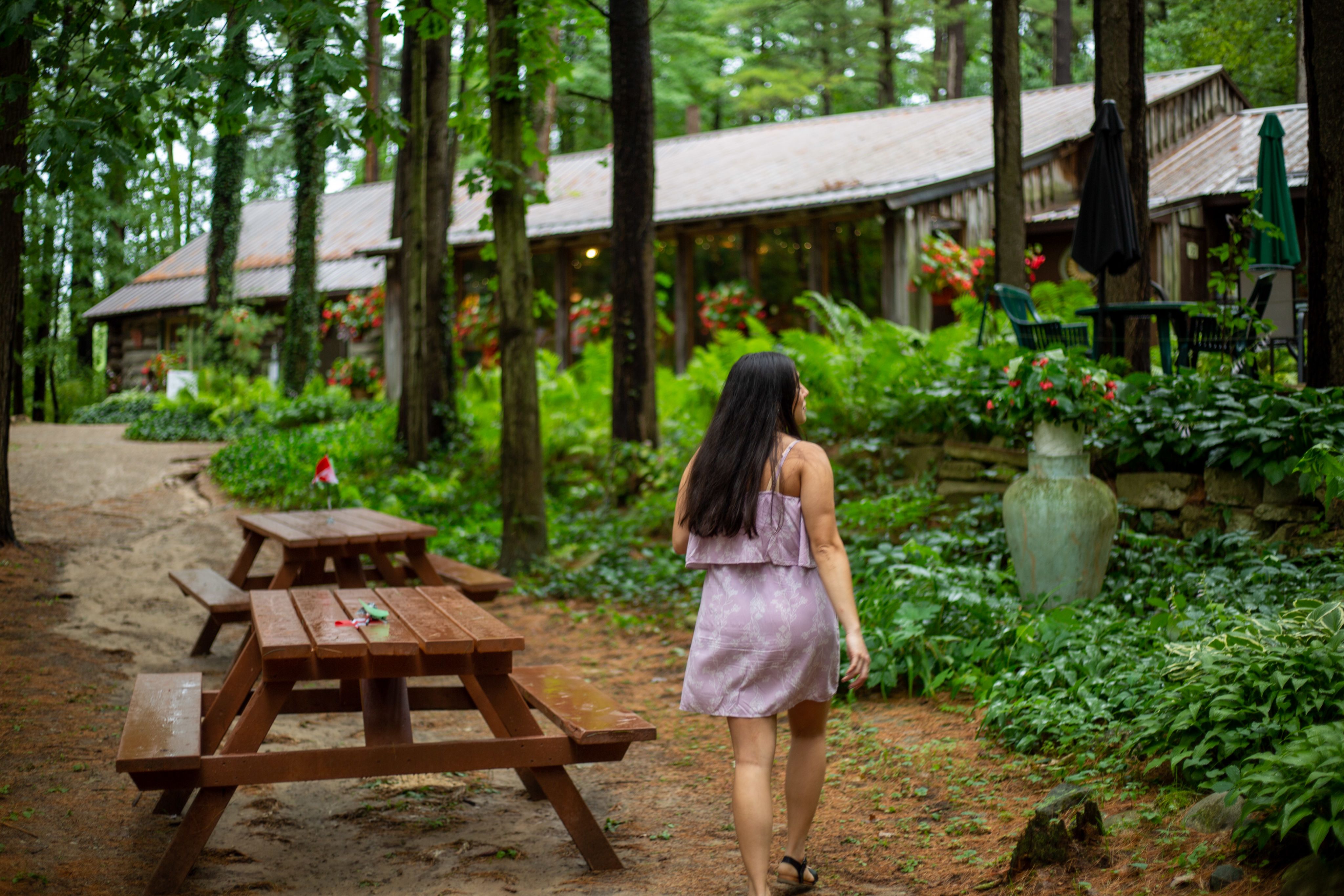
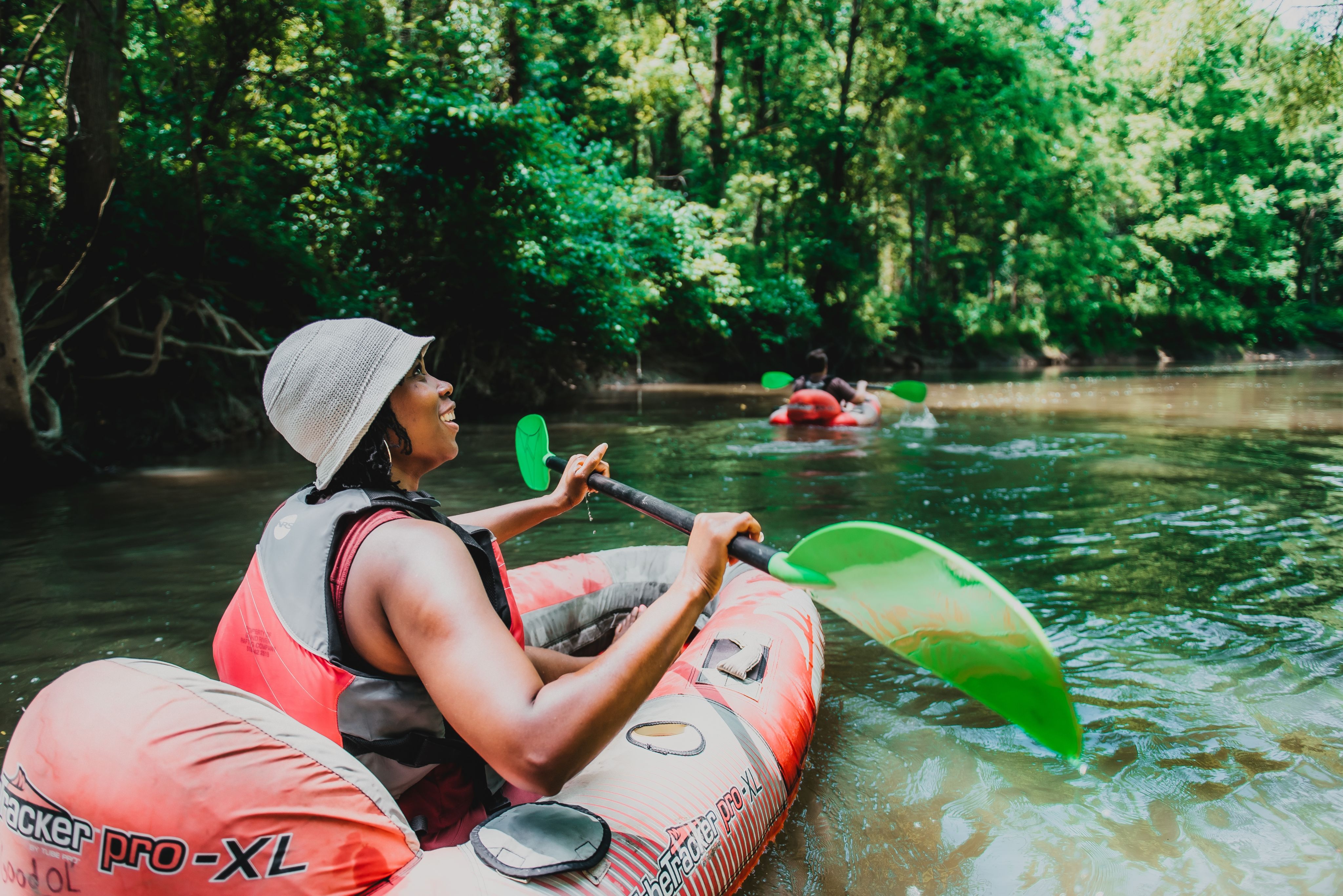
Q: Which Spots in Ontario are Top of Your Travel List?
Our survey results showed that when travellers are thinking about their next trip to Ontario, the most popular destination on their minds is Ontario's Southwest, with 17% choosing the region.
Top-of-Mind Destination Management Organizations in Ontario's Southwest:
✓ Tourism Windor Essex Pelee Island
✓ Tourism Sarnia Lambton
✓ Norfolk County
✓ Elgin County
Hot Spots in Ontario's Southwest:
✓ Point Pelee/Pelee Island
✓ Grand Bend
✓ Port Stanley
✓ Port Dover
✓ Urban Centres: Windsor & London
Top 5 Popular Travel Trends in Ontario's Southwest:
✓ Beaches
✓ Wineries
✓ National & Provincial Parks
✓ Black History
✓ Birding
Q: Which Spots in Ontario are Top of Your Travel List?
Travellers’ top-of-mind destinations in Ontario are as varied as the province itself. It is a reflection of just how diverse the landscape, culture and experiences are across its regions. From iconic natural wonders and bustling urban centres to quiet lakeside towns and remote northern escapes, every corner of Ontario sparks curiosity for a different reason.
Some destinations remain perennial favourites, the places people dream of returning to again and again. These include heavy-hitters such as the Niagara region, the Bruce Peninsula and Muskoka, as well as Prince Edward County and Point Pelee.
But our survey also revealed a growing interest in smaller, lesser-known communities — those hidden gems where travellers can slow down, connect with locals and discover a more personal side of the province. These included remote destinations like Polar Bear Provincial Park, gorgeous Northern Ontario spots like the Agawa Canyon Train, and hidden gems like the Comfort Maple in Pelham (thought to be the oldest maple tree in Canada) and the Bonnechere Caves in Eganville.
Q: What makes you choose Ontario over other places?
"Have you been here? If you have to ask then I would say you need to visit. Such a vast and interesting province with loads to do and see."
Respondent from Harrow, Ontario
Homegrown Loyalty
For many, the simplest reason is also the strongest: Ontario is home. With 1,208 mentions, proximity and familiarity overwhelmingly drive travel decisions. Respondents referenced living here, ease of access, and a sense of pride in exploring their own backyard. This reflects a deep-rooted stay-local sentiment — not necessarily from limitation, but from appreciation. Travellers know the province holds vast diversity, and they want to see more of it.
"I live here and want to see my Province thrive, so in visiting the different areas of our beautiful province, that's how I give back," says a visitor from Kitchener.
Imagine positioning the “close to home” narrative of Ontario’s Southwest as the destination where familiar places still hold new stories. Campaigns should celebrate regional pride and the joy of rediscovering one’s own backyard.
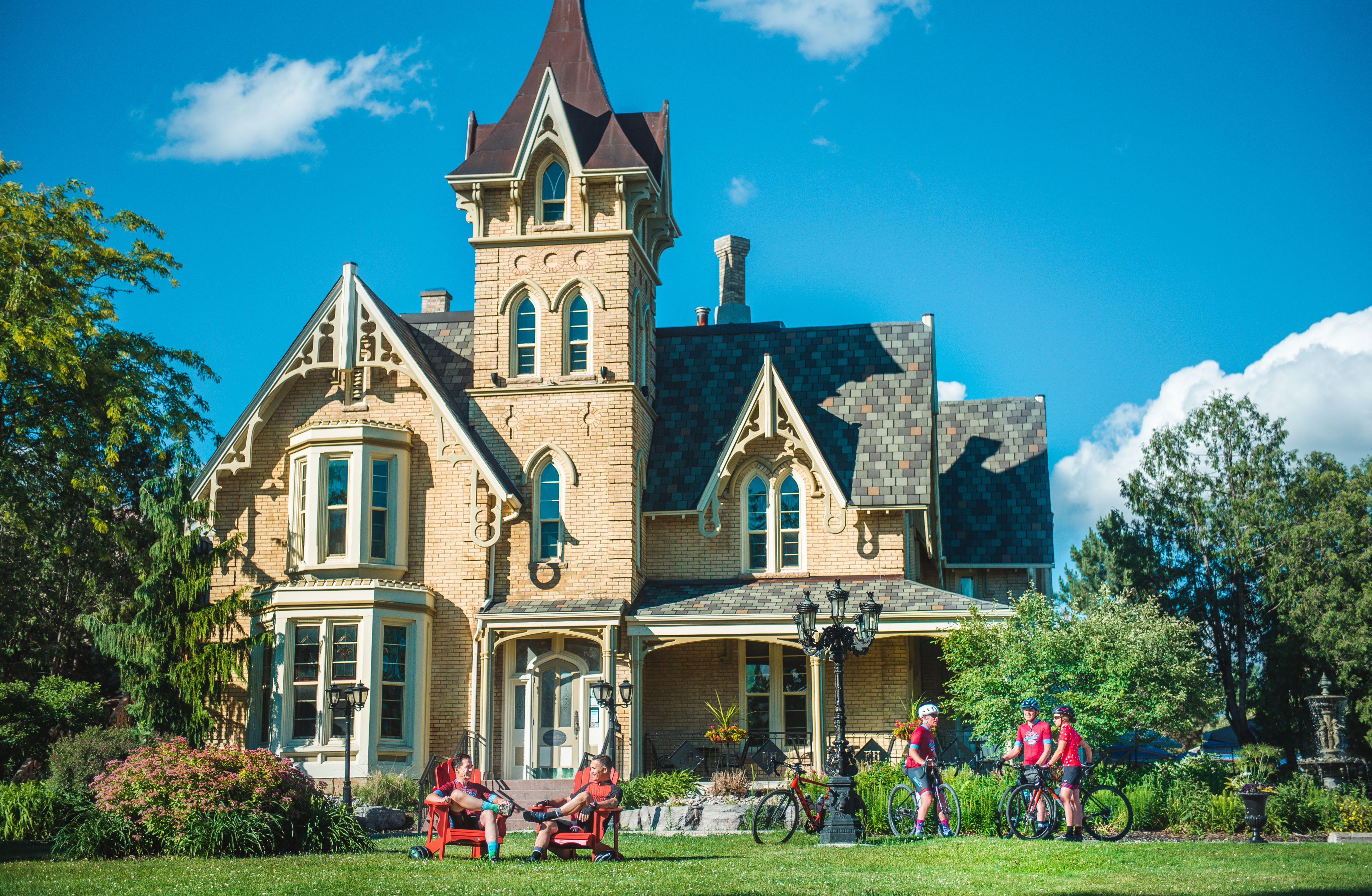
Endless Discovery
The second-highest motivator, with 826 mentions, captures a recurring phrase across survey responses: “There’s still so much to discover.” This speaks to curiosity. Ontario’s size and variety — from northern lakes to small-town main streets — create a sense of perpetual possibility.
"We have the best of everything! Charming towns, amazing local artisans and shops, fantastic beaches and lakes, interesting historical sites, great food, and the list goes on," says a traveller from Toronto.
Imagine Ontario’s Southwest as the limitless and layered region, filled with hidden corners, charming discoveries and new-to-you places. Using messaging that inspires curiosity (“You’ve only just begun to explore”) and highlights road trips, trails, and under-the-radar towns, makes is possible.
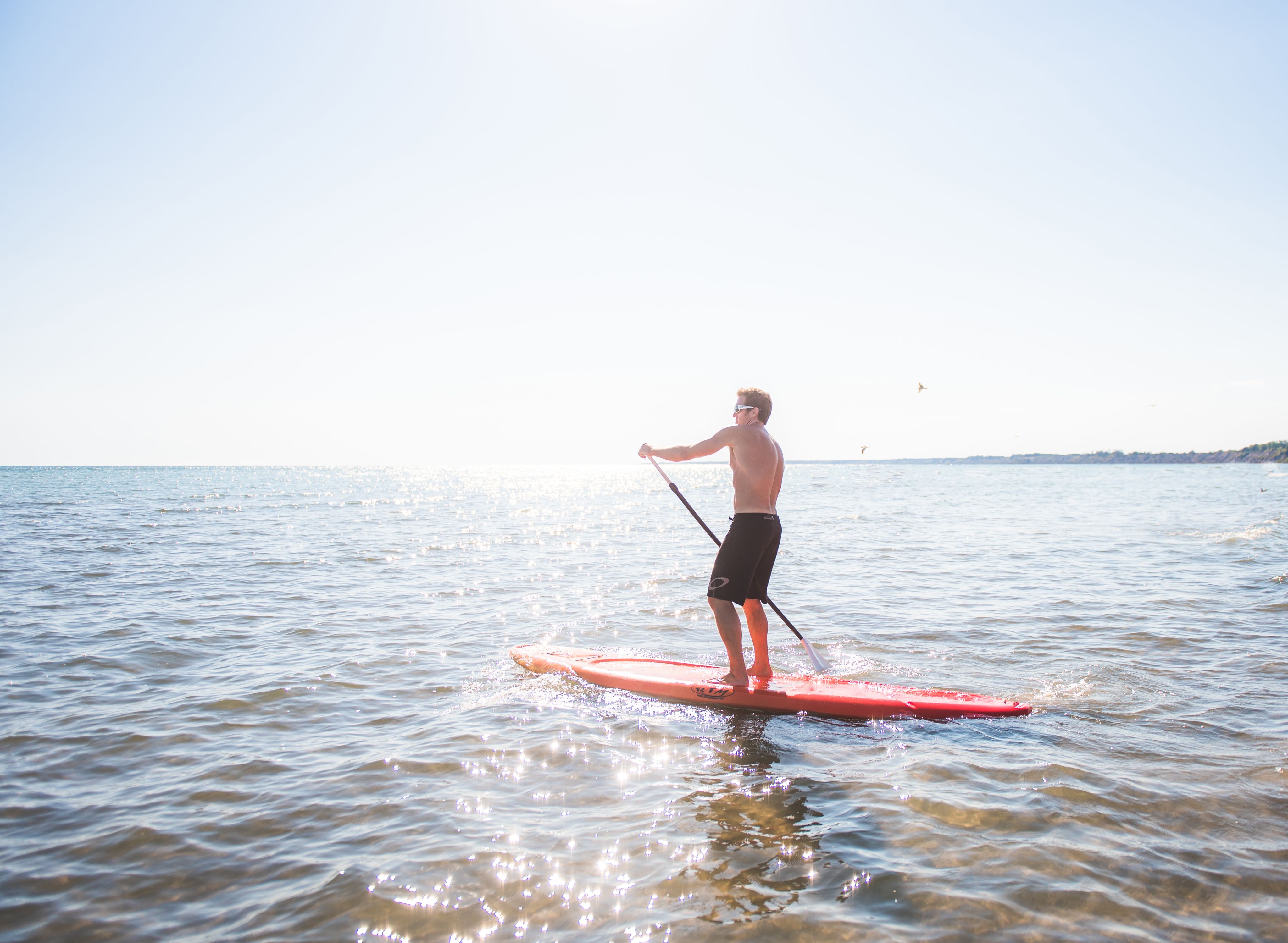
Beauty Close to Home
With 459 mentions, Ontario’s natural beauty remains a major draw — scenic lakes, forests, waterfalls, and parks that offer the feeling of escape without the complications of long-distance travel. This ties directly to the emotional pull of water and nature identified in earlier motivator insights. Travellers associate Ontario with places that restore them, both physically and mentally.
"I live in the best province in Canada! Surrounded by the great lakes, magnificent parks...truly a wonderful place to be," says a traveller from London.
Imagine making natural beauty the emotional anchor of seasonal marketing; featuring lakes, waterfalls, and forest escapes as the signature luxury in Ontario's Southwest — vast, restorative, and always within reach.
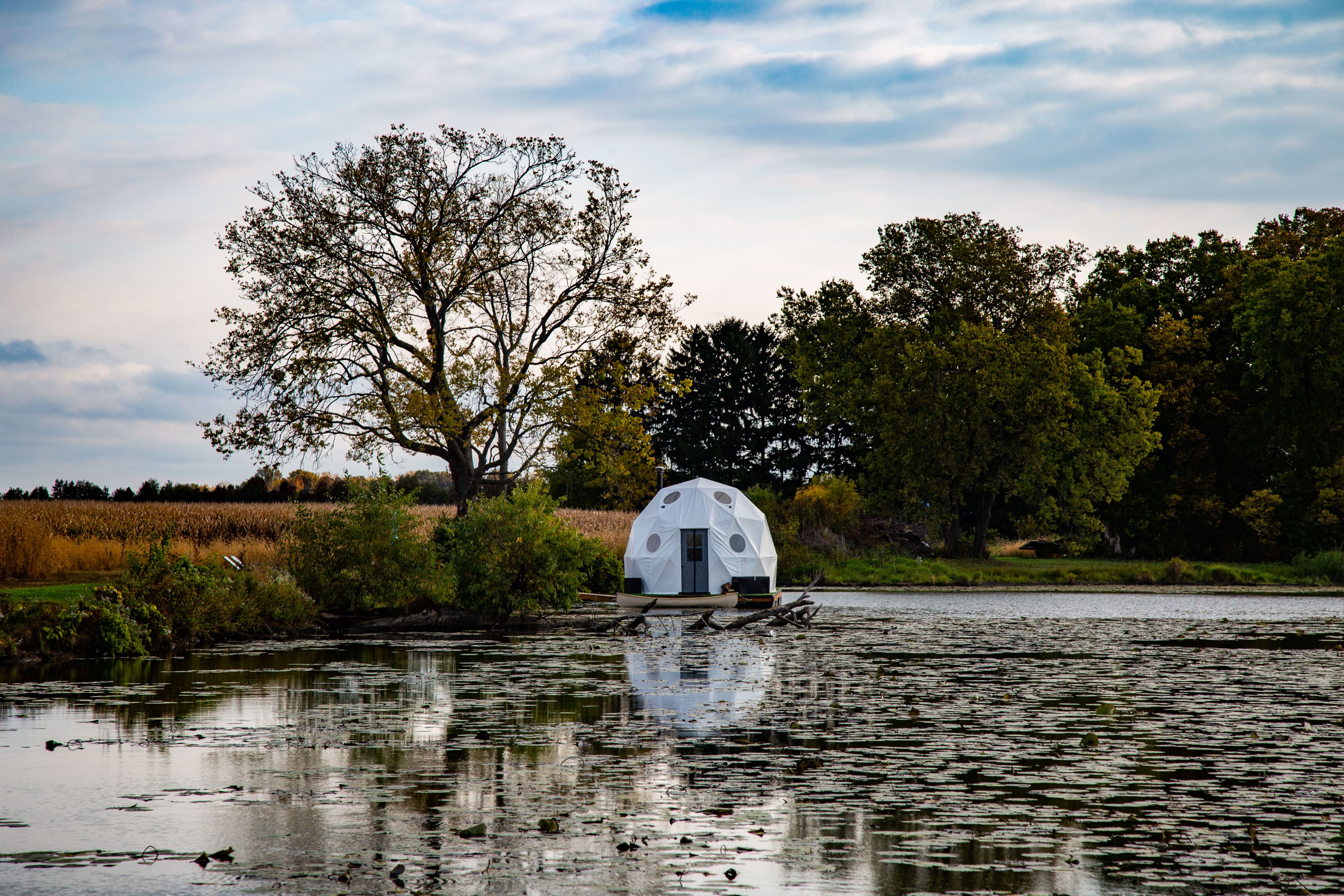
Pride in Staying Canadian
A notable 271 respondents emphasized a conscious choice to “keep it in Canada” and avoid U.S. destinations. This patriotic undertone suggests that post-pandemic travel values — such as sustainability, community support, and safety — remain relevant. Supporting local economies and reducing travel distance align with broader regenerative travel principles, while also reinforcing the 'elbows up' spirit of Canadians who take pride in exploring and sustaining their own communities.
"Important to me to support the economy and hard workers of Ontario as we are particularly hard hit by the US tariffs," says a traveller from Dashwood.
Imagine connecting travel to values of belonging and stewardship; reinforcing the idea that choosing Ontario supports communities, protects the environment, and keeps tourism dollars in Canada.

Ease, Comfort, and Value
Convenience plays a powerful role: 183 cited ease of travel, 79 mentioned short travel times, and 27 spoke to familiarity. Together with 174 mentions of value for money, this cluster reflects a desire for trips that are simple, reasonably priced, and low-stress — qualities that Ontario can consistently deliver. Many respondents implicitly contrast this with the hassle of cross-border or long-haul travel.
"We can plan varied day trips, length of time and cost," says a traveller from Pelham.
Imagine simplifying the sell and showcasing Ontario’s Southwest as a easy, affordable, and stress-free region to explore. Promote short-haul escapes, bundled getaways, and clear itineraries that minimize planning barriers and maximize time spent enjoying the journey.
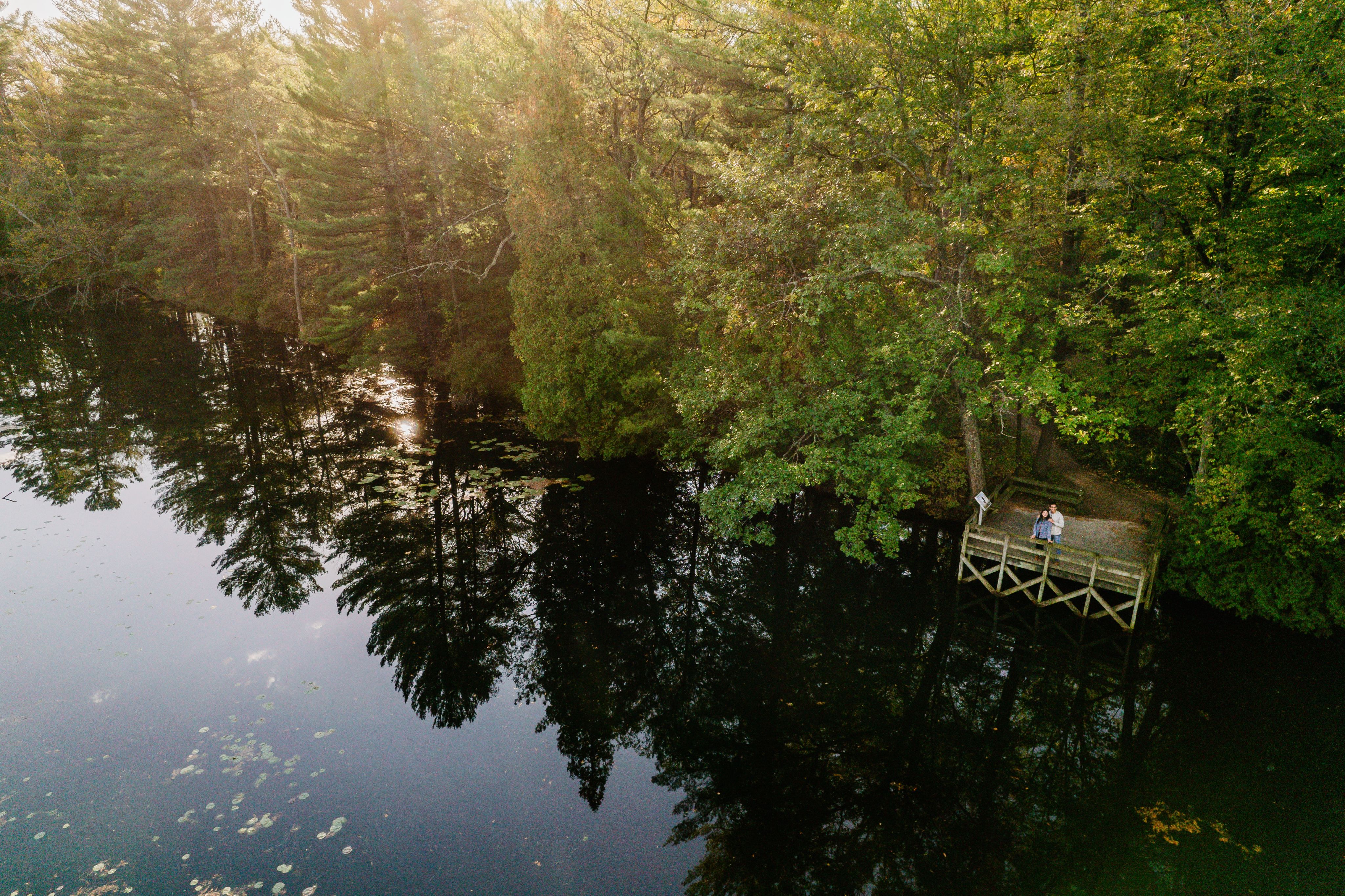
People and Place
Human connection also matters. 101 respondents pointed to the friendliness and warmth of Ontarians, while 29 highlighted the province’s diverse culture. These numbers may be smaller, but they carry emotional weight — reinforcing Ontario’s image as a welcoming, multicultural destination where travellers can feel at home anywhere they go.
"Love Ontario with its fabulous people," says a respondent from Amherstburg.
"The people in Ontario are so welcoming and friendly and I am never disappointed to stay in Ontario," says a visitor from Richmond Hill, USA.
Imagine humanizing every message; putting local hosts, makers, and storytellers at the centre of content — thus reinforcing that the region's strength lies in its people as much as its places.
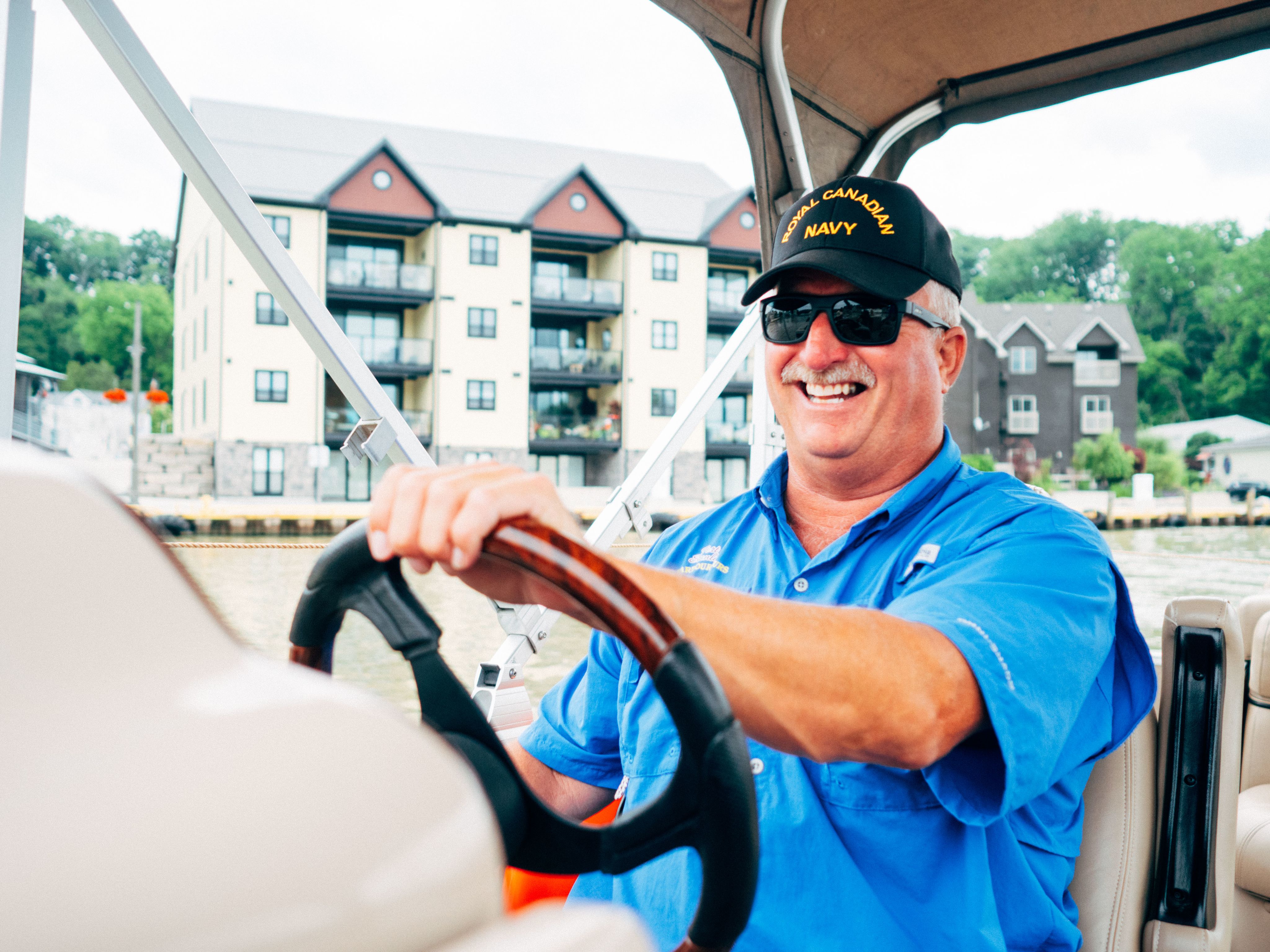
Q: What's Next?
Thinking about a future leisure trip to Ontario's Southwest, would you be most like to travel...
More than half of respondents (51.8%) plan to travel to Ontario’s Southwest with a spouse or partner, underscoring the region’s strong appeal for couples seeking reconnection, relaxation, and shared experiences. The area’s small towns, lakeside retreats, and culinary trails naturally lend themselves to the slower rhythms of two-person travel. Another 15.1% intend to visit with friends, drawn to the region’s breweries, festivals, and outdoor adventures that make for easy, social escapes close to home.
Family travel remains a key motivator, appearing in several forms: 9.2% plan to travel with children under 18, 8.1% with adult children, and 9.1% as part of multigenerational trips that include kids and extended family members. Together, these family groups represent more than a quarter of all respondents, reflecting a strong appetite for affordable, accessible, and connection-driven experiences that bring generations together. In fact, when asked. if children play a part in travel decisions for the family, 84% said they consider their opinion to some degree.
Meanwhile, solo travellers (6.8%) represent a smaller but growing segment seeking wellness, culture, and reflection through activities like cycling, Nordic spas, and small-town exploration. Taken together, these patterns highlight Southwestern Ontario’s broad appeal: a region that offers something for every pace, from shared adventure to quiet renewal.
The Traveller Experience
Our 2025 Visitor Survey explored how people move through Ontario and what they seek throughout the travel journey. Below, we share some of the insights that what travellers are looking for at each stage of the experience: from inspiration to the memories they take home.
Travel begins long before you pack a bag.
It starts with a spark: an image, a story, a craving for something beyond the everyday, that pulls you toward a new place. From there comes the planning: choosing routes, finding accommodations, imagining the flavours, sounds, and landscapes that await.
The journey itself unfolds in layers, from the thrill of arrival to the quiet moments when you slip into a local rhythm and feel part of the scene. And when you return home, the experience lingers: in the scents that catch you off guard, the memories you forged, the photographs and small keepsakes that bring back the light, the air, the laughter. Each step, from inspiration to memory, becomes a thread in the larger fabric of your life, a story you keep telling long after the trip is done.
Ontario Southwest's 2025 Transportation Survey asked an open-ended question: "What matters to you most when travelling to a vacation destination?"
The answers revealed the things that are most important to travellers throughout the entire traveller experience. Below, we share some insights into each stage — inspiration, planning, movement, at destination and take-home — in hopes of inspiring how you tell your tourism story.
The Traveller Experience:
Inspiration ➡ Preparation ➡ Travel to Destination ➡ At Destination ➡ Take-Home
Stage 1 ➡ Inspiration
When it comes to choosing where to go, travellers are drawn first by affordability and perceived value, but the emotional pull of a destination still matters. The “vibe” of a place — its character, authenticity, and sense of local life — plays a strong role in sparking curiosity, as does the promise of something unique or unusual to experience.
Accessibility and ease of transport also influence inspiration, suggesting that even early in the dreaming stage, travellers are thinking about how practical a trip will be, not just how appealing it looks.
Key Takeaways:
Stage 2 ➡ Preparation
As travellers move from dreaming to deciding, ease and enjoyment shape nearly every choice. People want trips that feel well-organized, hassle-free, and flexible, with clear directions, accessible routes, and quality accommodations at a fair price.
The draw of nature remains central — water, scenery, wildlife, and dark skies continue to inspire — but practical factors such as proximity, safety, and avoiding crowds also weigh heavily. Planning, for many, is a balancing act between the promise of discovery and the reassurance of comfort and control.
"Authenticity, not overly developed. Nature is respected," said one visitor.
"I hate it when we go somewhere and can’t see or do things because there are so many people," said another.
Key Takeaways:
Stage 3 ➡ Travel to Destination
Once the journey begins, travellers want the act of getting there to feel like part of the experience, not an obstacle to it.
"We love a nice relaxed drive and are able to take side roads and off heavily trafficked main highways," one visitor remarked.
Clean, reasonably priced accommodations and dependable amenities remain important throughout, but so do safe, well-serviced routes with accessible rest stops and fuel options. Although most travellers drive, they crave ease and reassurance on the road: clear signage, flexible timing, and the sense that they can pause to explore along the way.
A small but telling theme of anticipation and excitement emerges here, proof that when travel feels seamless, the journey itself can heighten the sense of adventure.
Key Takeaways:
Stage 4 ➡ At Destination
Once travellers arrive at the destination, the focus shifts to comfort, authenticity, and sensory richness.
"Beautiful vistas, small town charm, festivals, great food & beverage with lots of trails to explore while hiking! Above all — a friendly safe and welcoming atmosphere," said one visitor.
Clean, welcoming spaces and smooth, reliable arrangements set the tone, but what truly defines a positive experience is the variety and vitality of what’s on offer: from local food and drink to cultural encounters, outdoor adventure, and the simple pleasure of exploring a walkable small town.
"What matters most to me is a mix of relaxing beach time, a bit of adventure, local culture, and amazing food — the perfect balance for a memorable trip," one visitor remarked.
Visitors want to feel both immersed and at ease: to mingle with locals, taste the region, and enjoy moments of peace between bursts of activity. A destination that delivers on its promises through friendliness, food, and atmosphere, leaves travellers feeling connected and content.
Key Takeaways:
Stage 5 ➡ Take Home Memories of Destination
At the end of the journey, travellers carry home memories, meaning, and a sense of impact.
"Spending time with family, getting outside in nature, sightseeing, having those road trip snacks and drinks, singing in the car together. Quality time," said a visitor, remarking on what matters most when travelling.
Experiences that foster connection — whether through learning something new, supporting local businesses, or travelling in ways that feel responsible — leave the deepest impression. People want to feel that their travel mattered: that it strengthened bonds with loved ones, respected the places they visited, and contributed positively to the community.
"Comfortable experience, close to nature, tourists making a positive impact on the local community," remarked a traveller from Leuven, Belgium.
In this final stage, the journey itself becomes as valued as the destination, a reflection of purpose, discovery, and shared experience.
Key Takeaways:

*The visitor survey is a study conducted semi-annually by Ontario’s Southwest Tourism (OSW) among potential OSW travellers. The survey fielded online, in English, with the sample being sourced by a proprietary database, Visit Oxford County database, and through social media ads on Facebook and Instagram, the ads targeted a 3-hour drive radius in both Canada and US.
The fieldwork took place between June 23 through August 15 of 2025. Total sample size of n=2508 respondents. Sample distribution, Ontario n=2399, USA n=99, rest of Canada n=9, overseas n=1.
For more information about the survey, please reach out to:
Ana Baxter Manager of Research & Strategic Partnerships
Book a discovery call to learn more about how Team OSW can help you achieve your tourism goals or visit our site for more resources, research and industry support.




